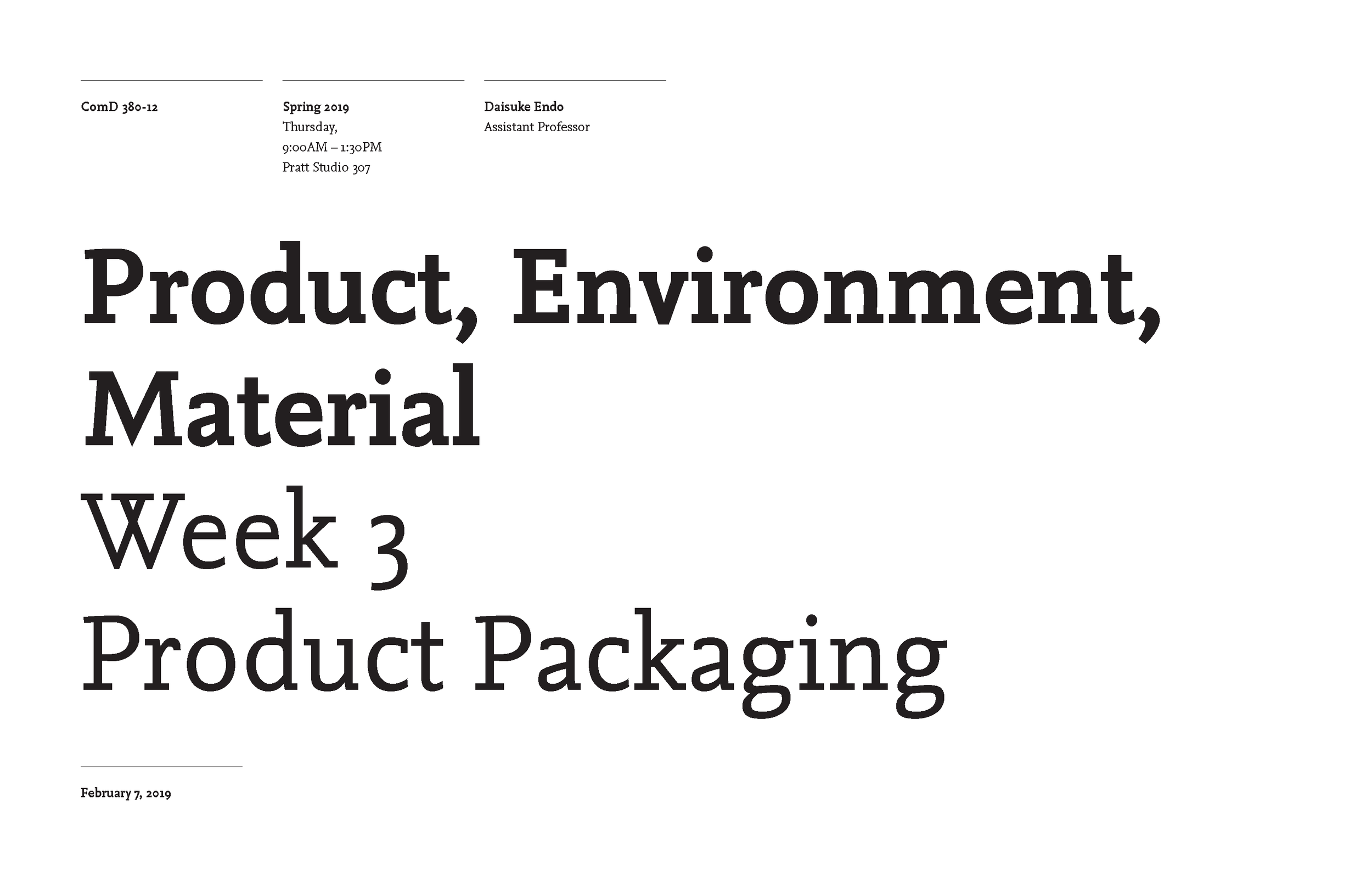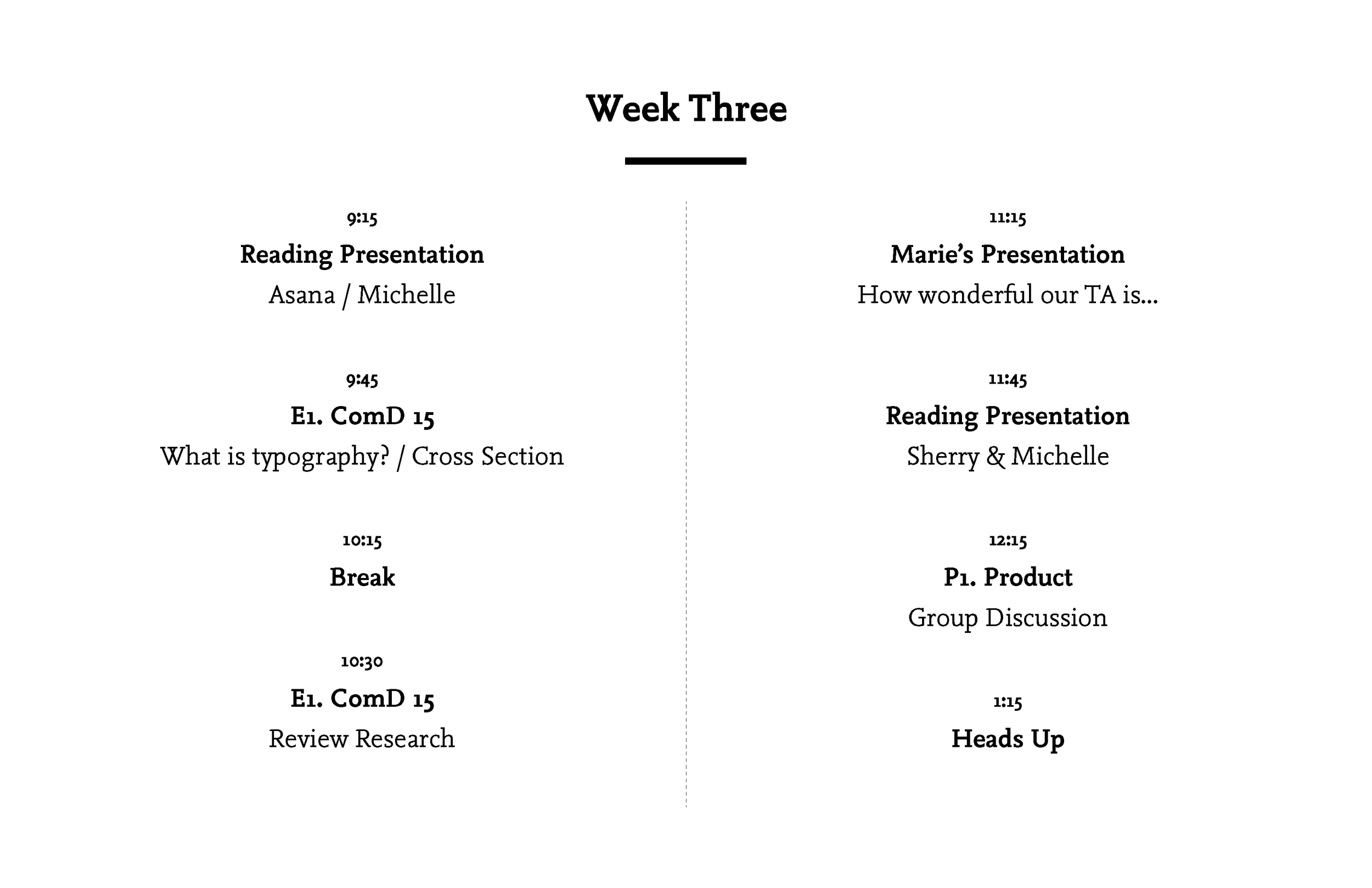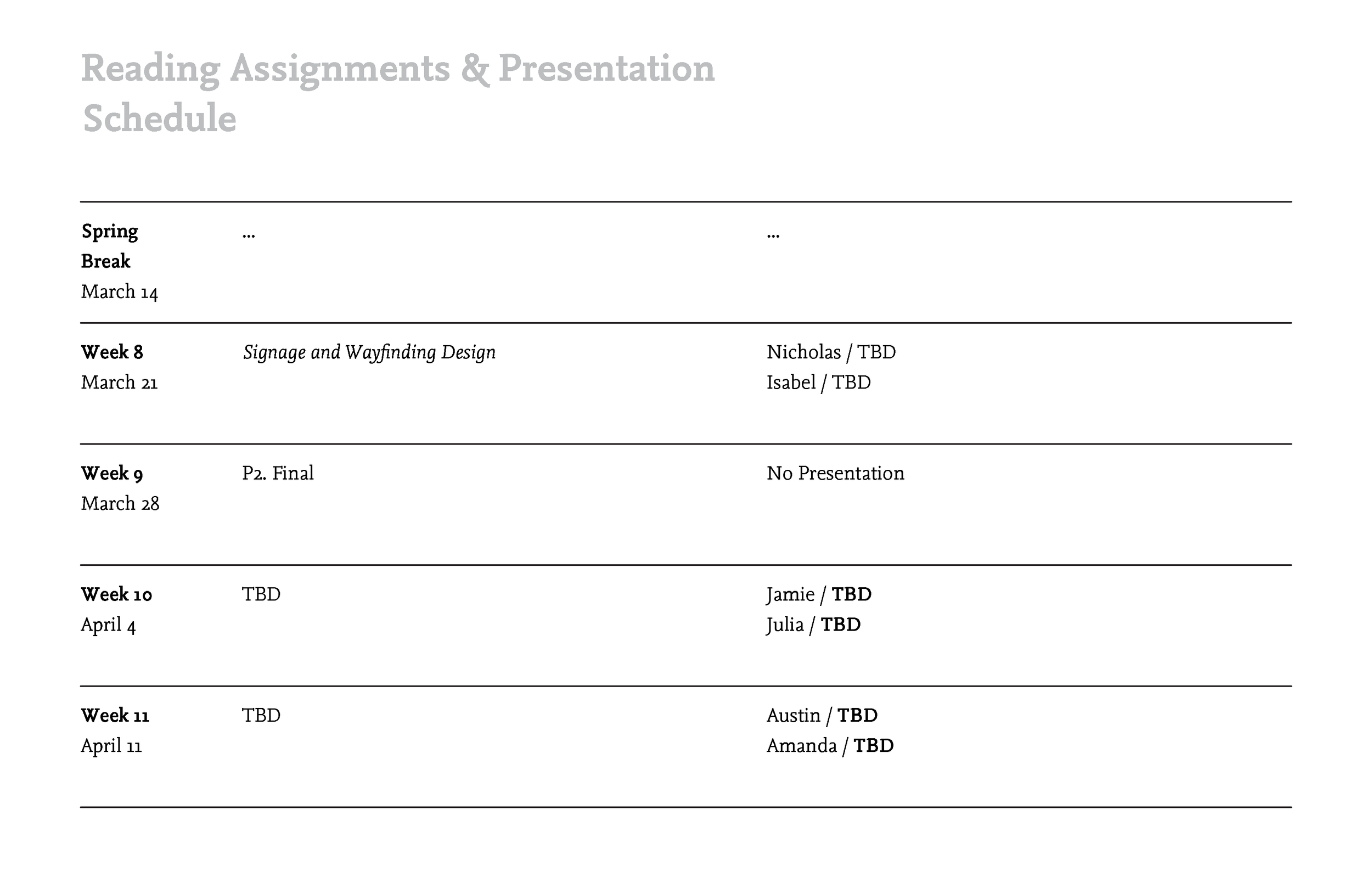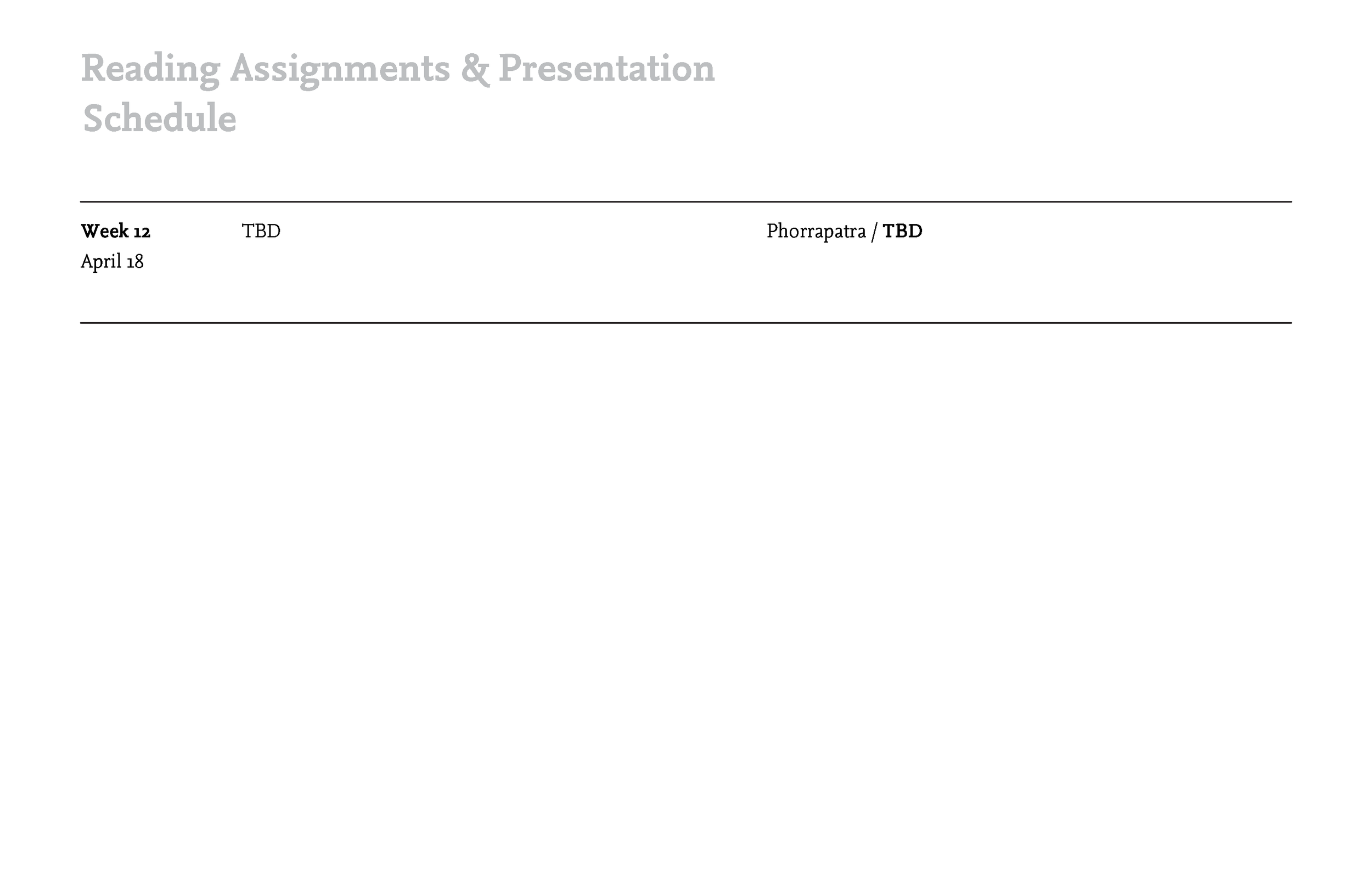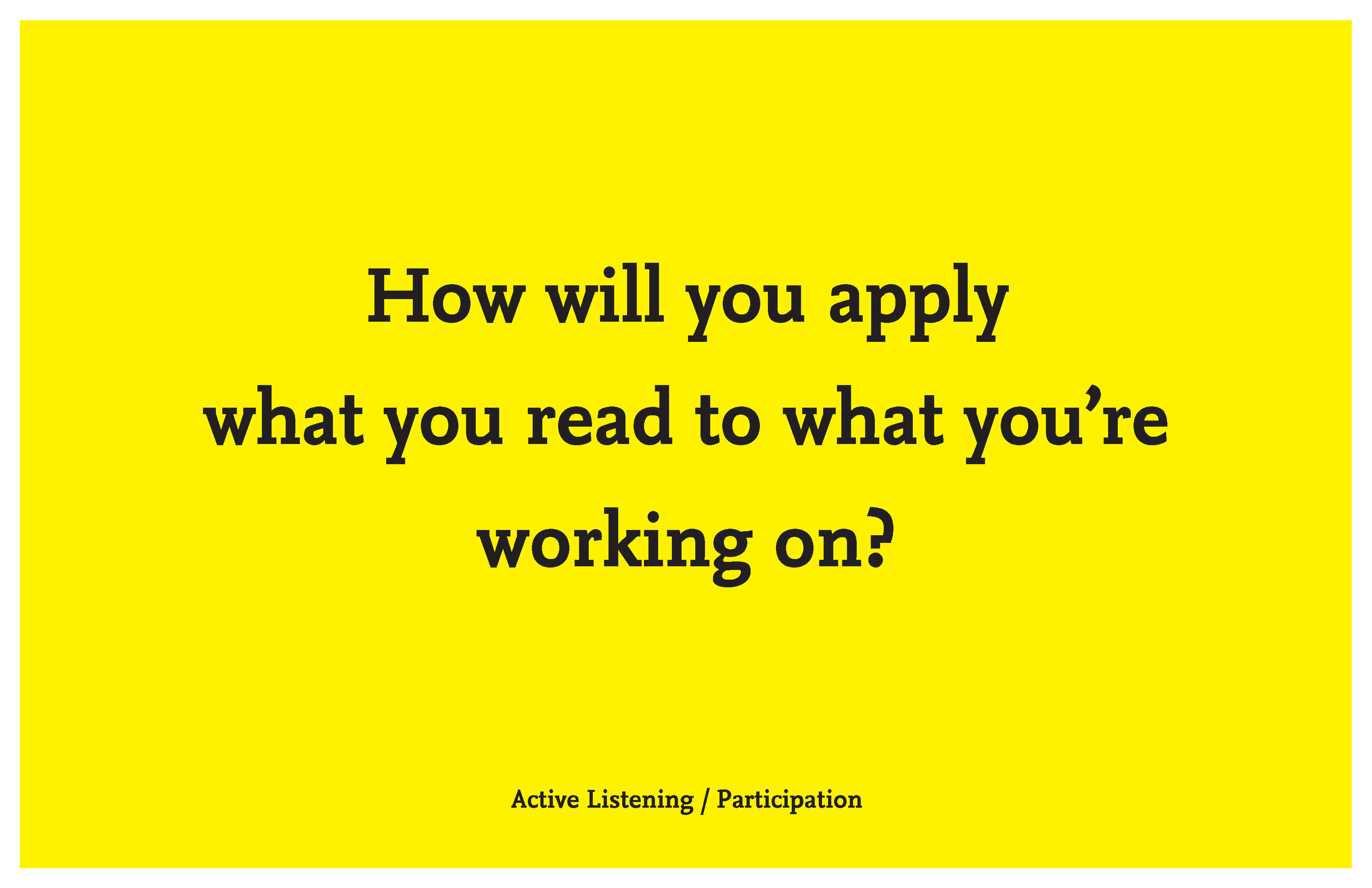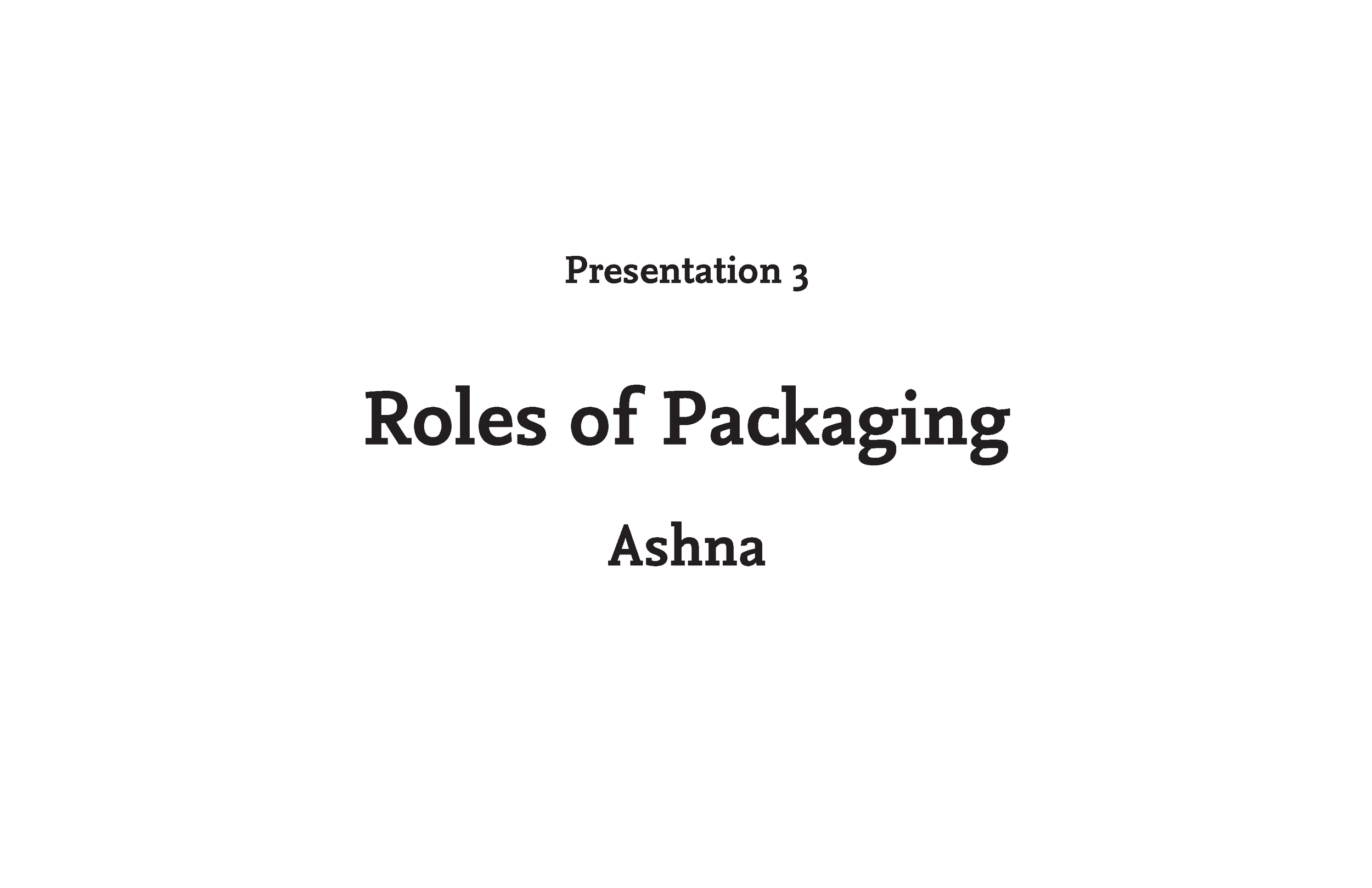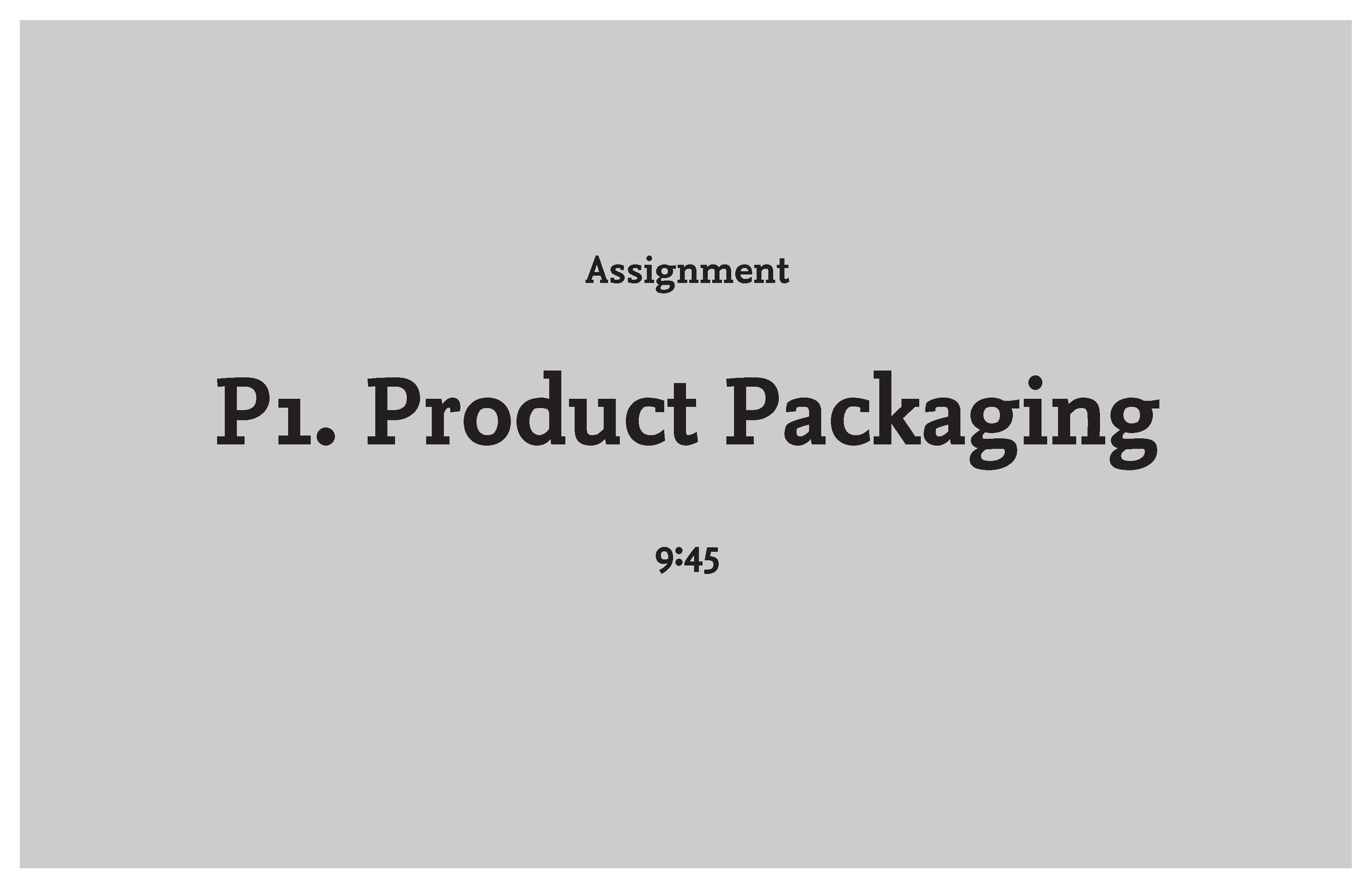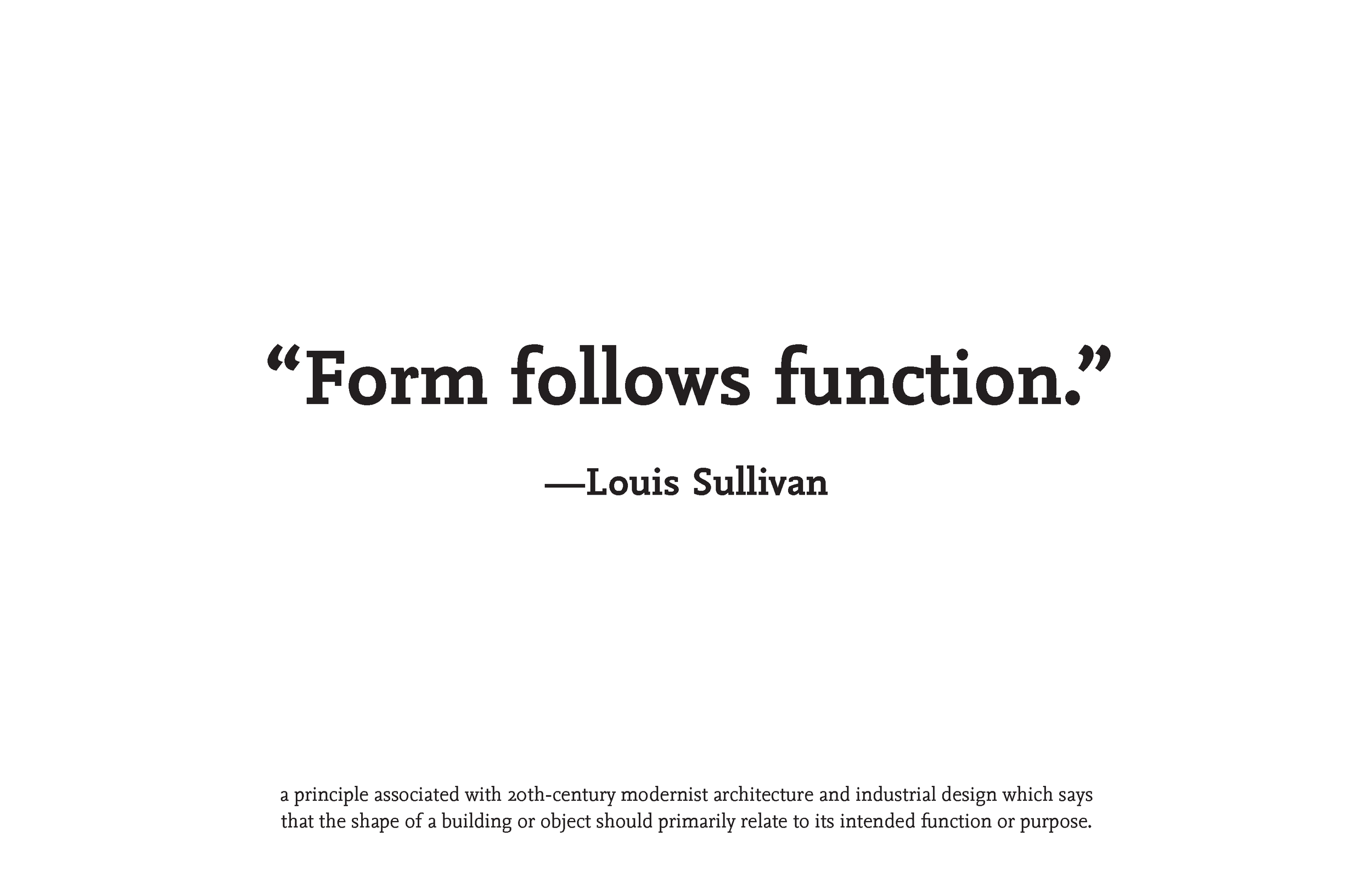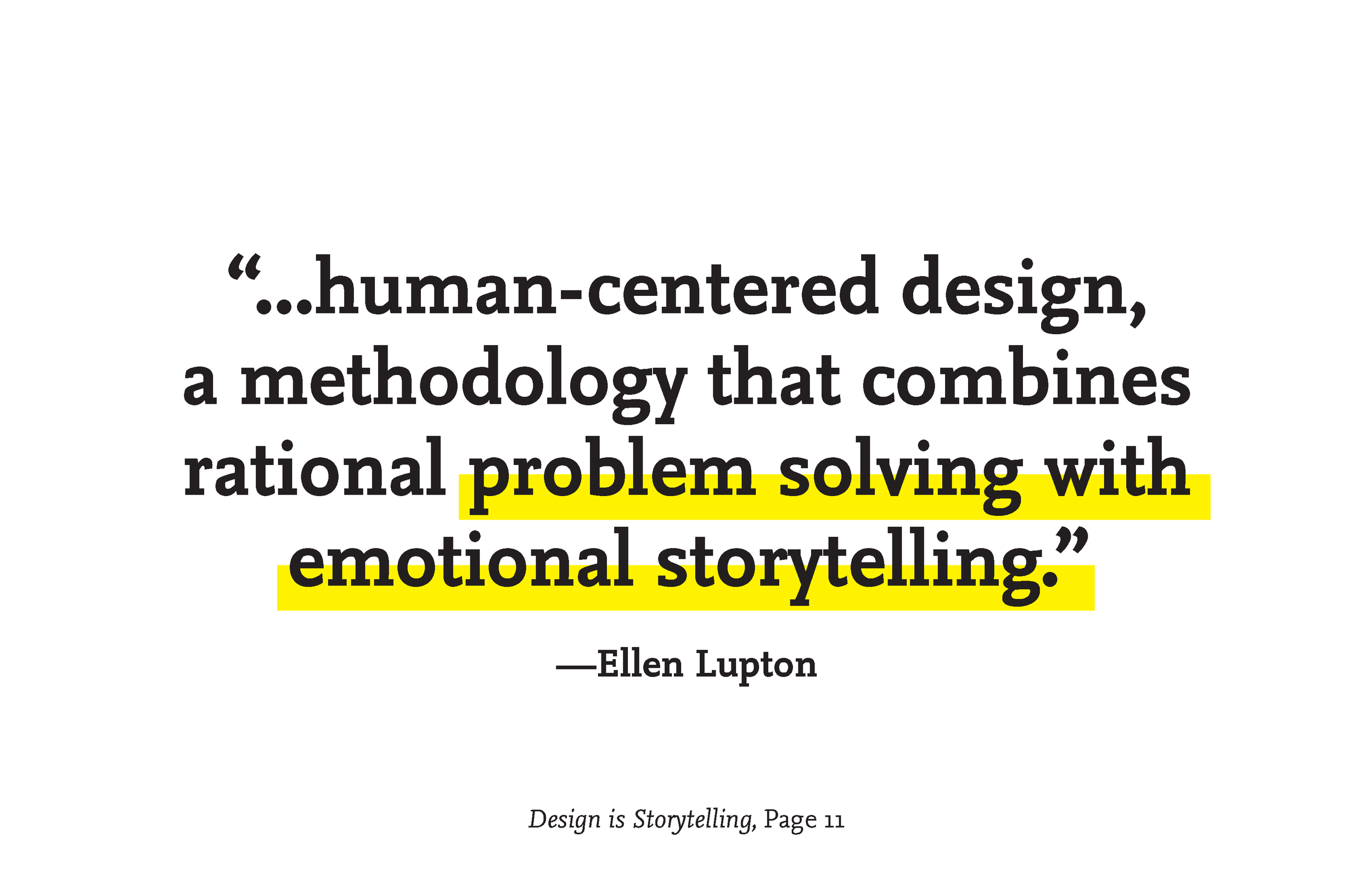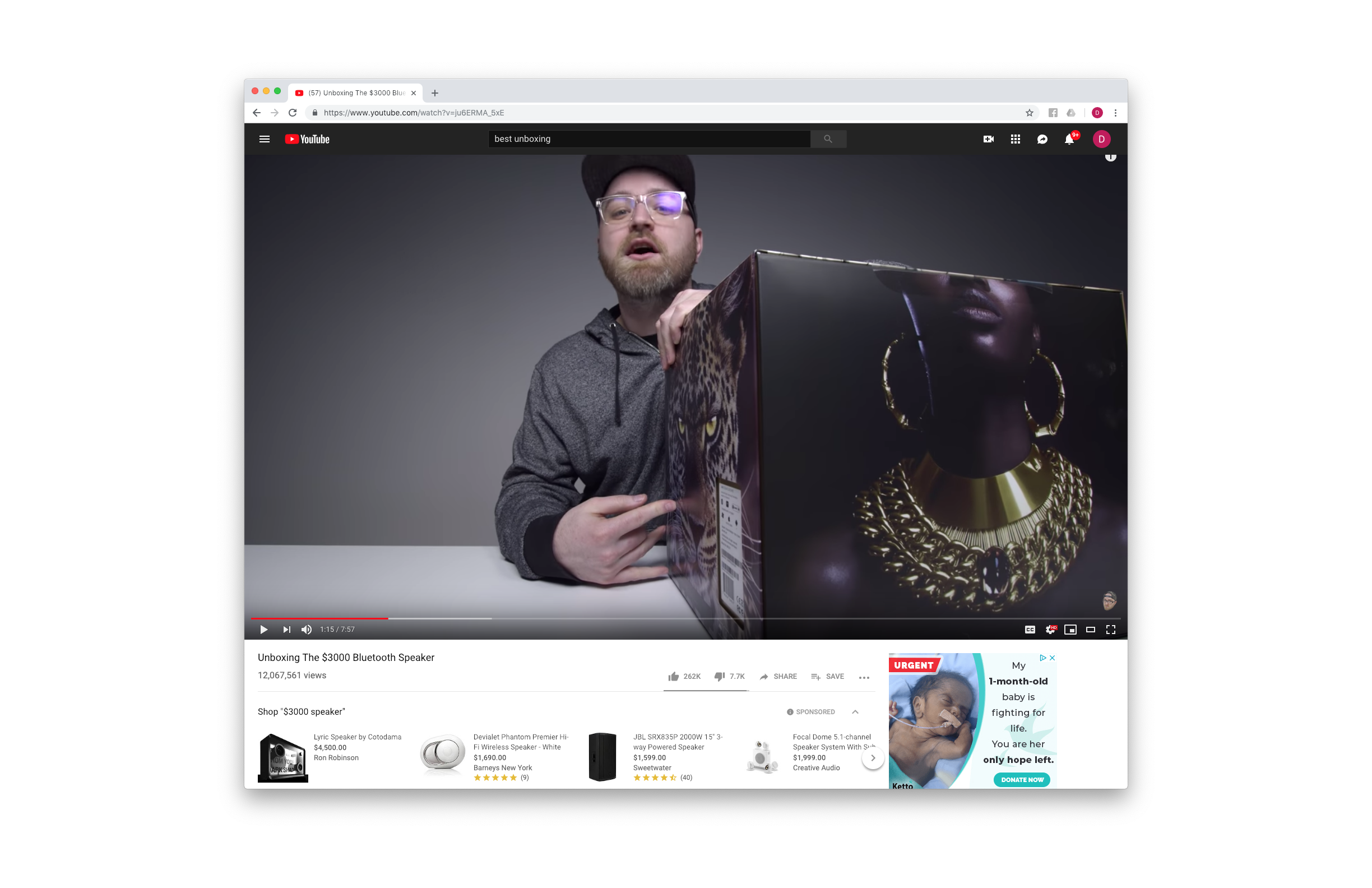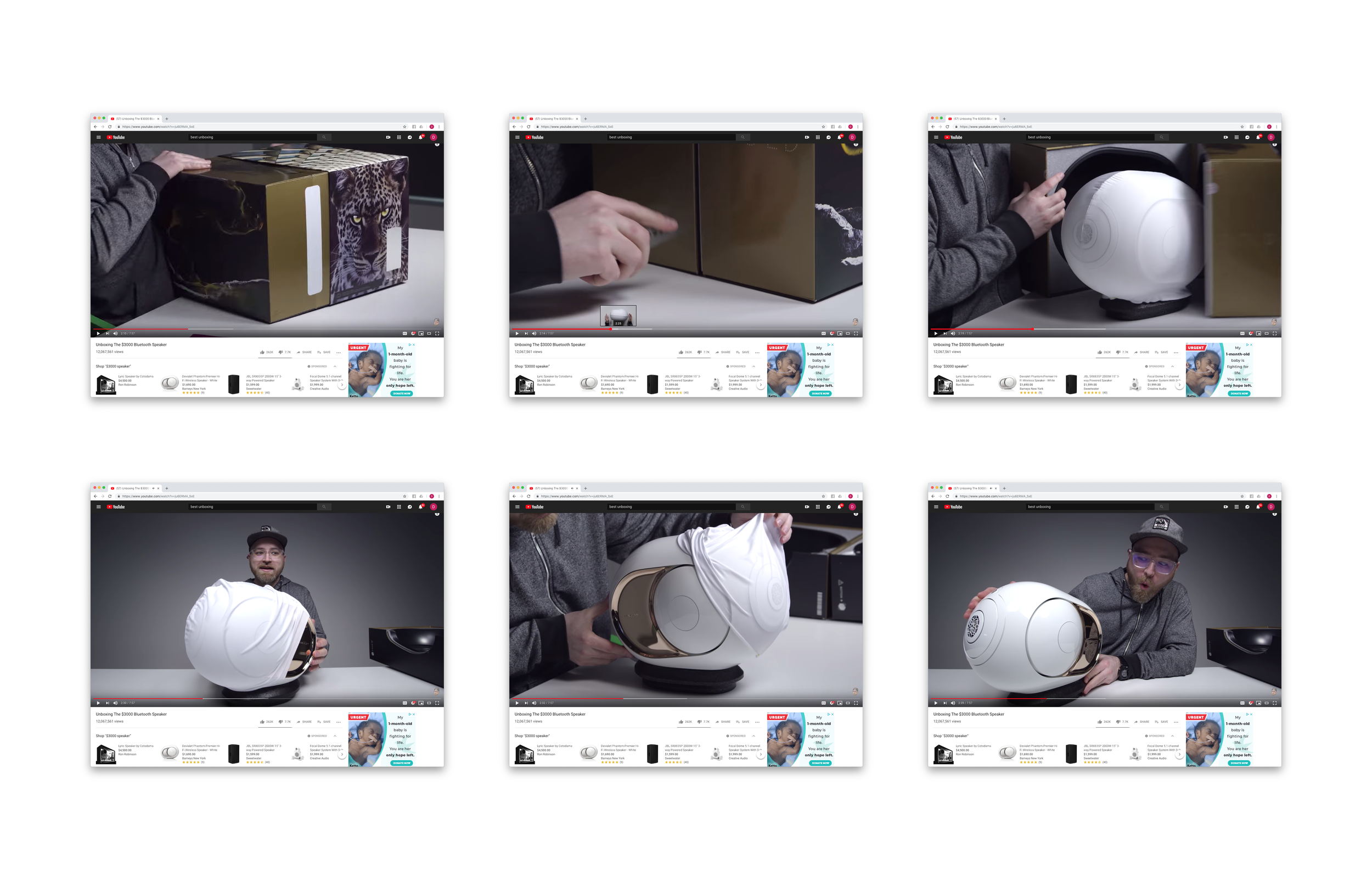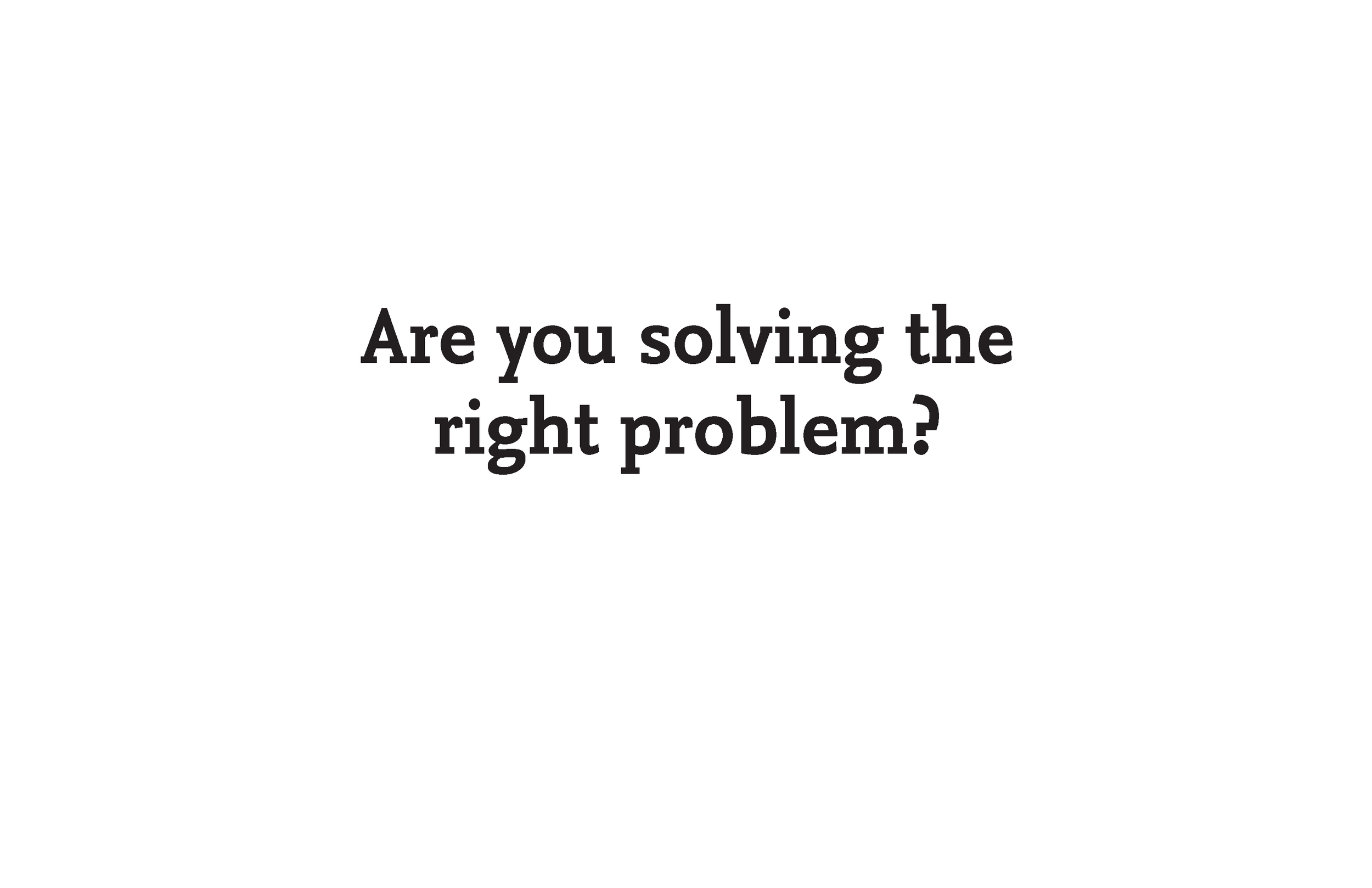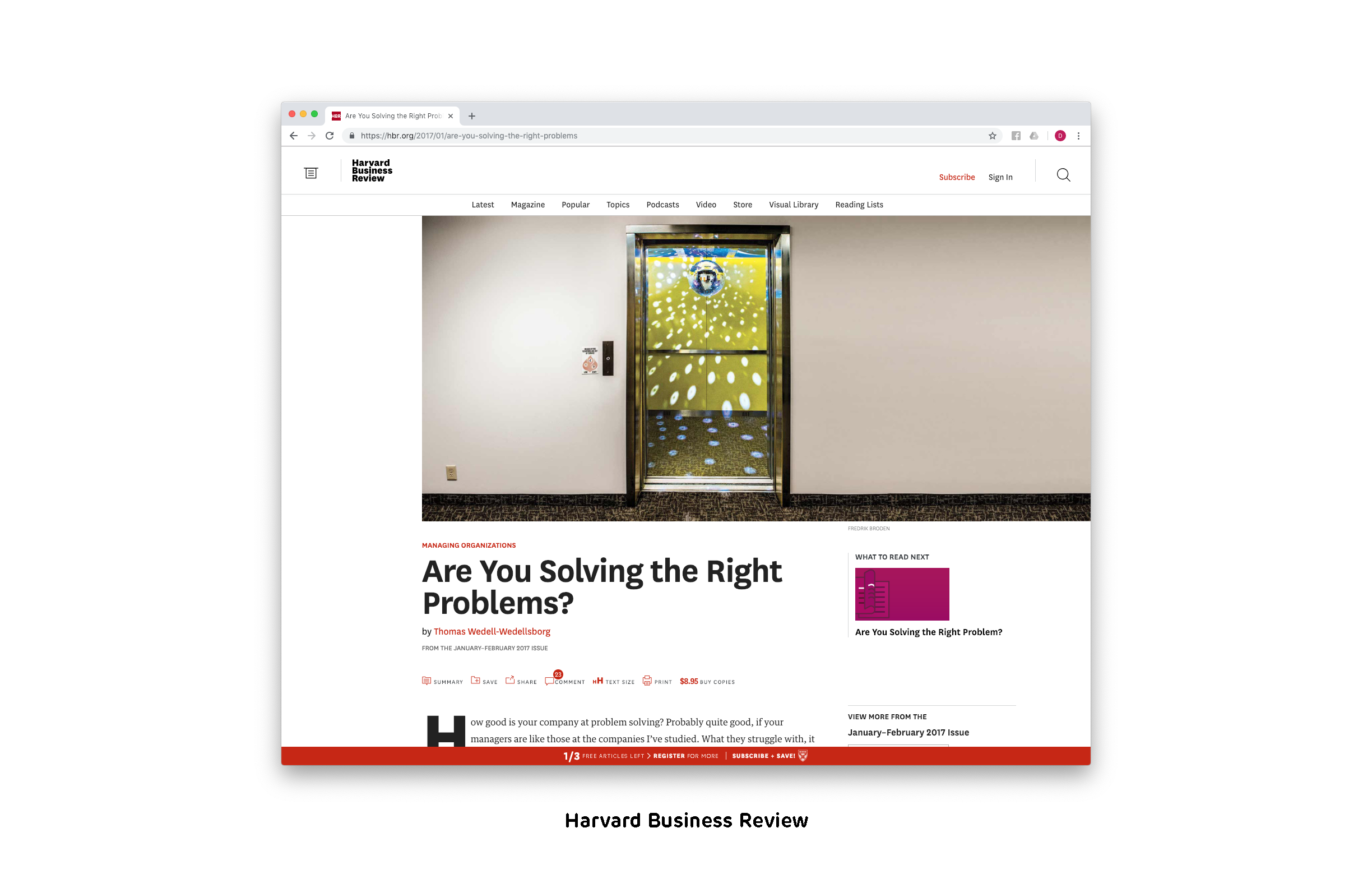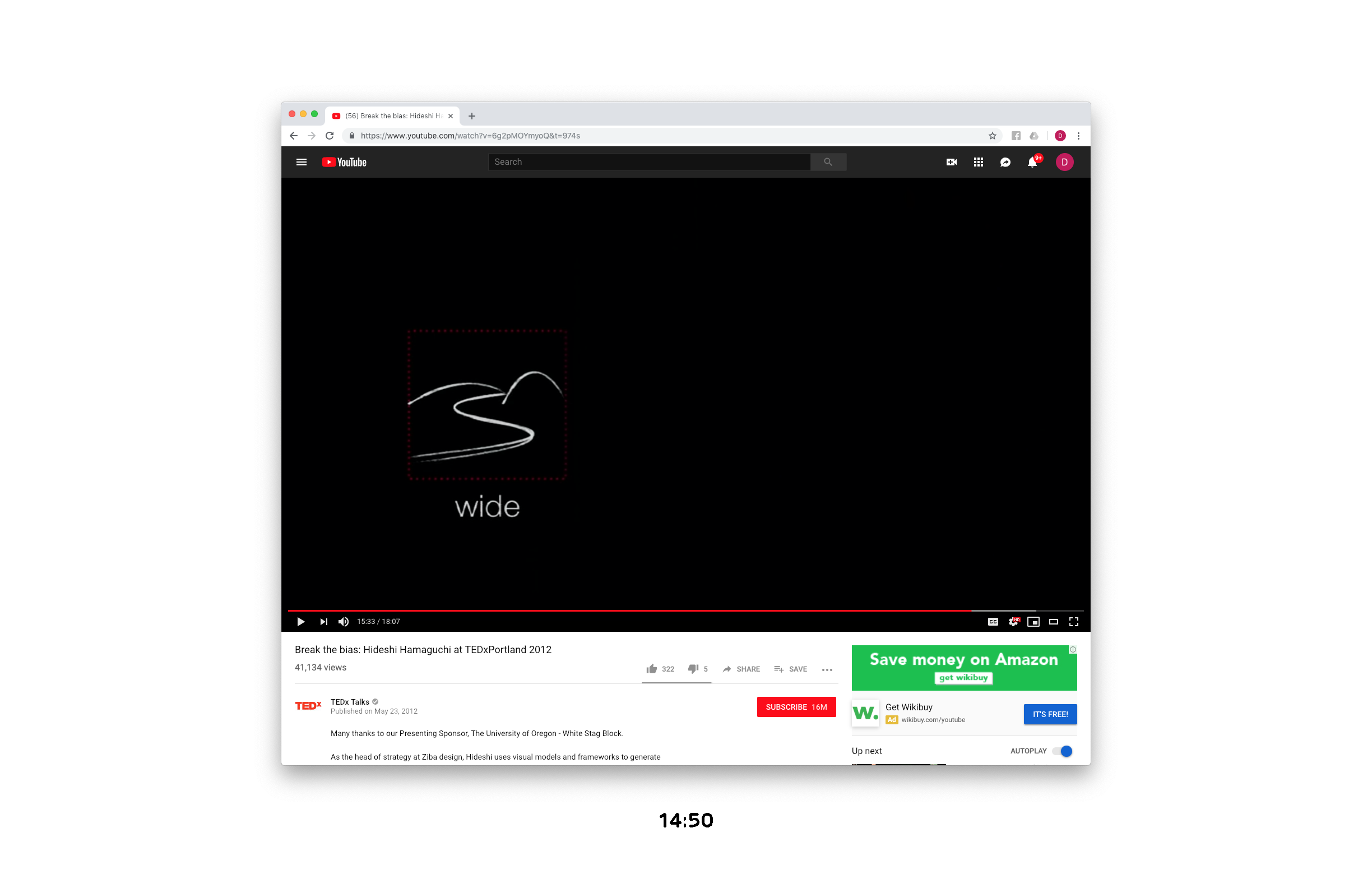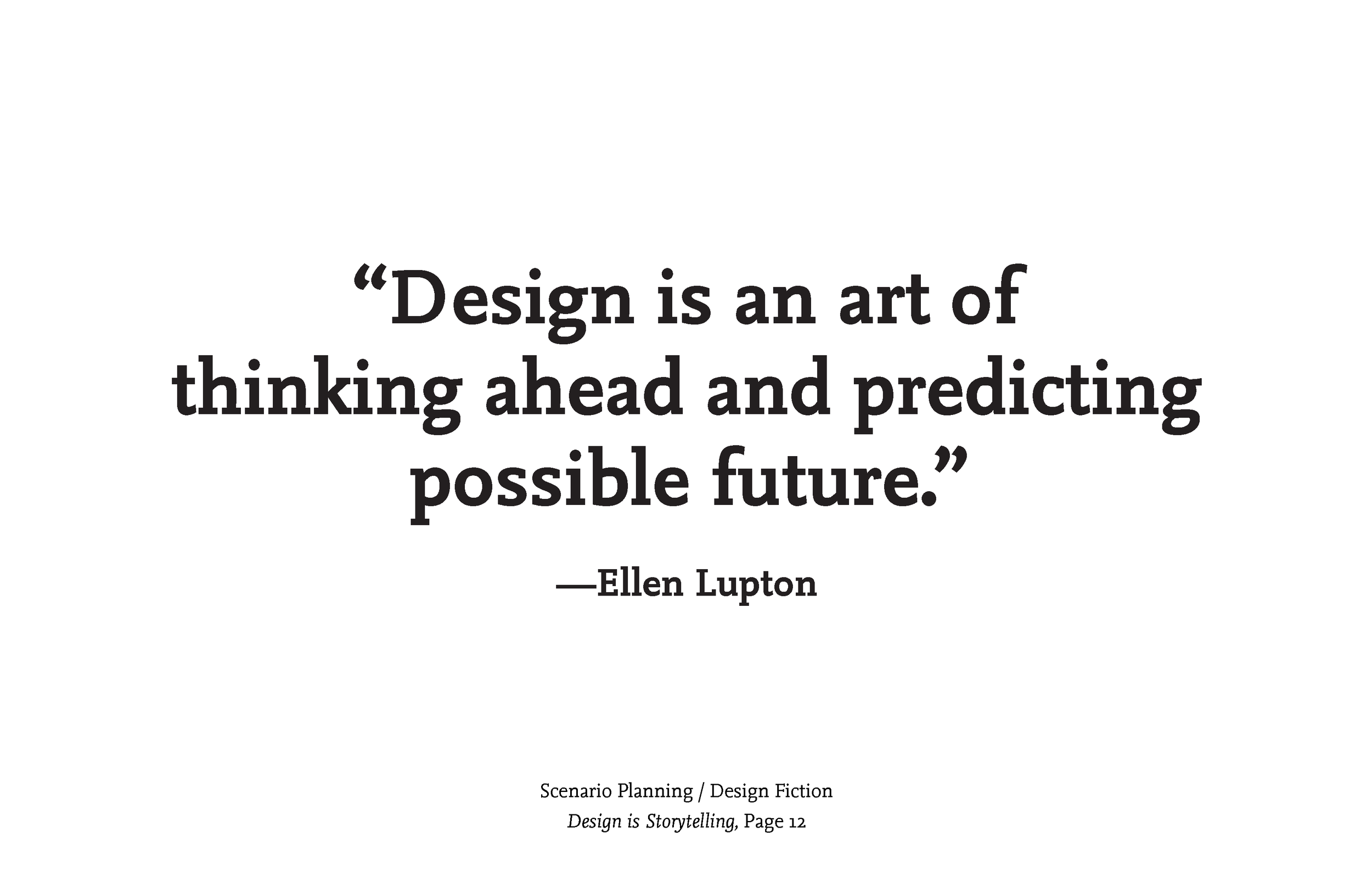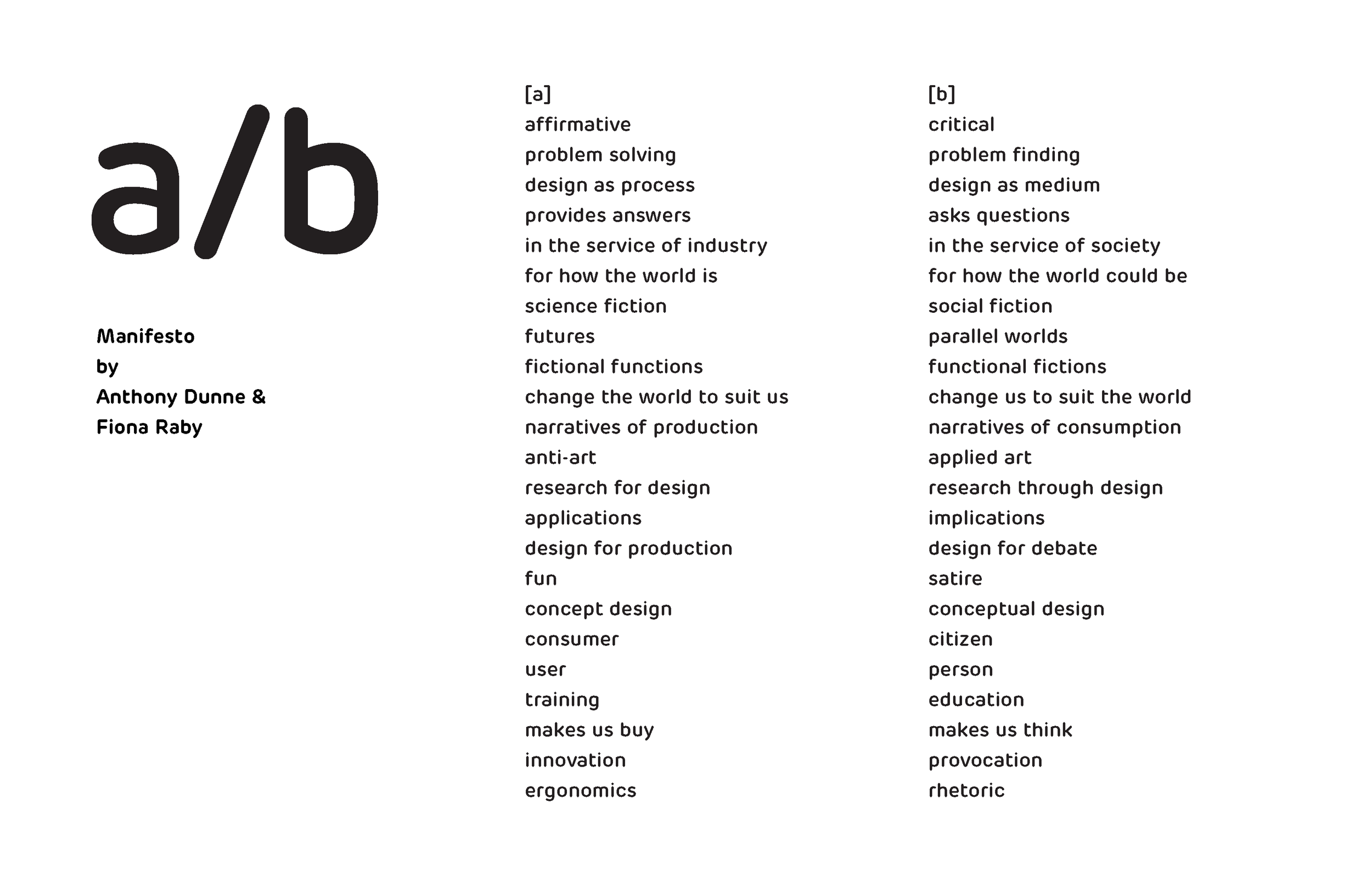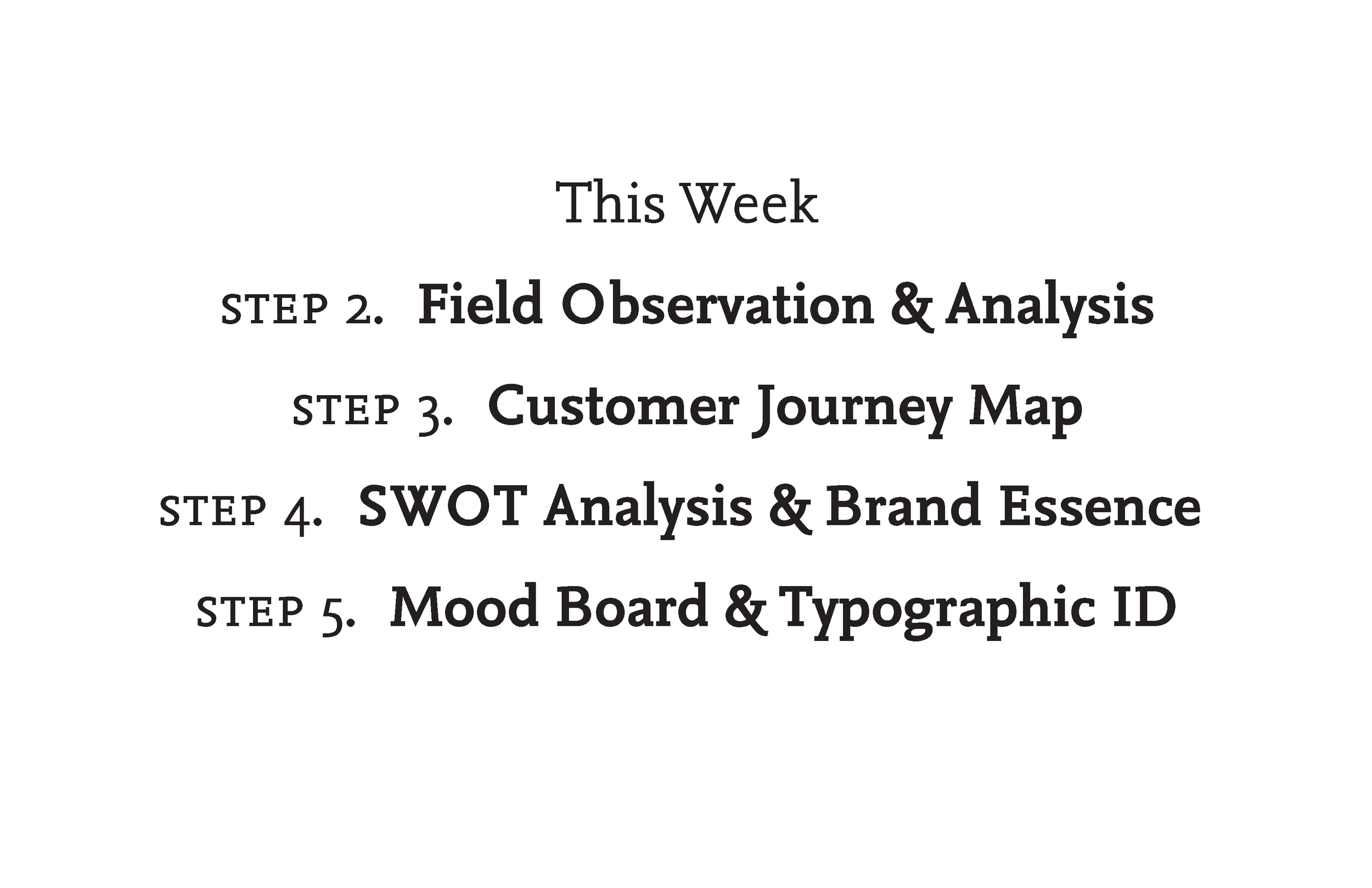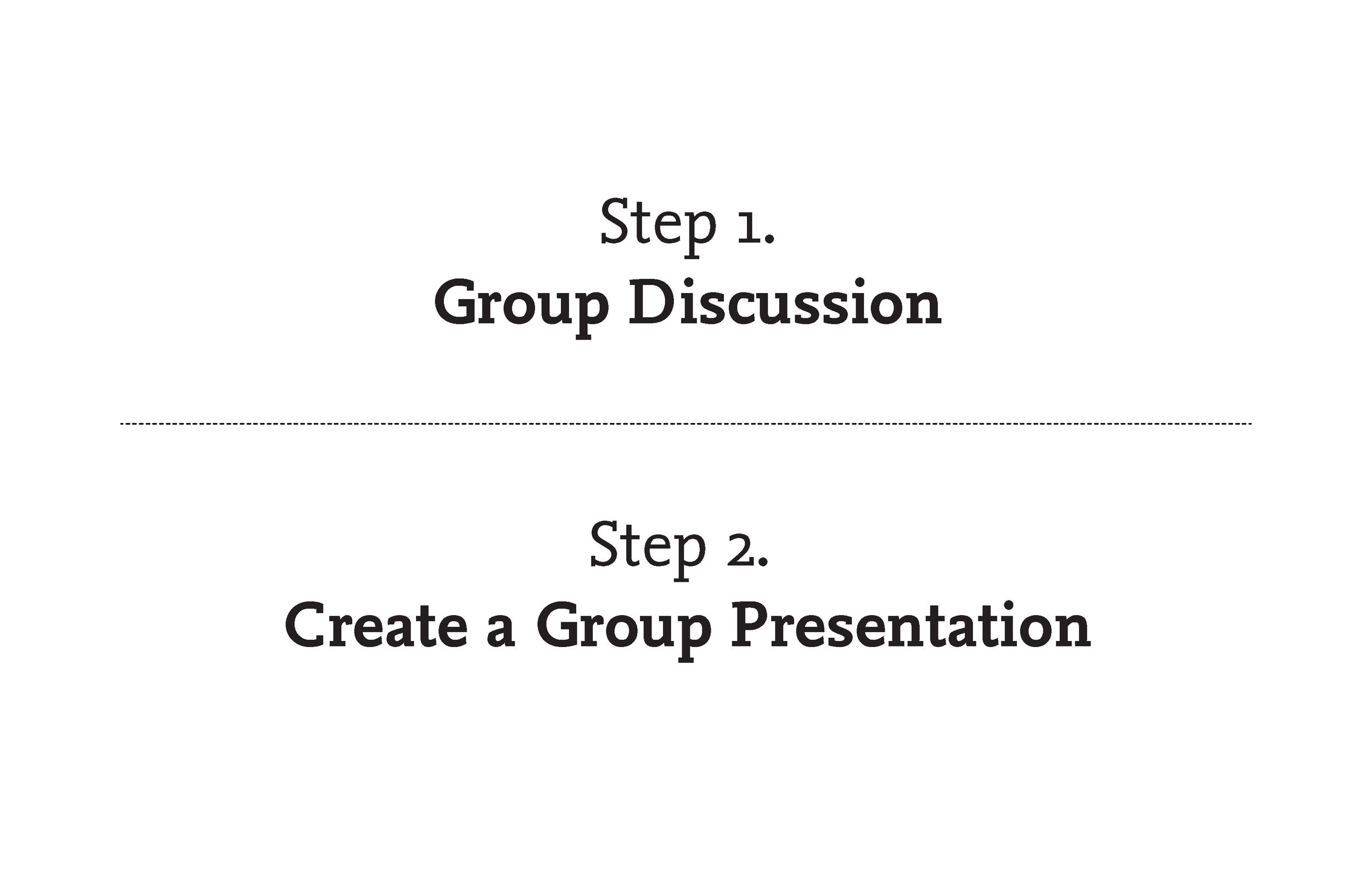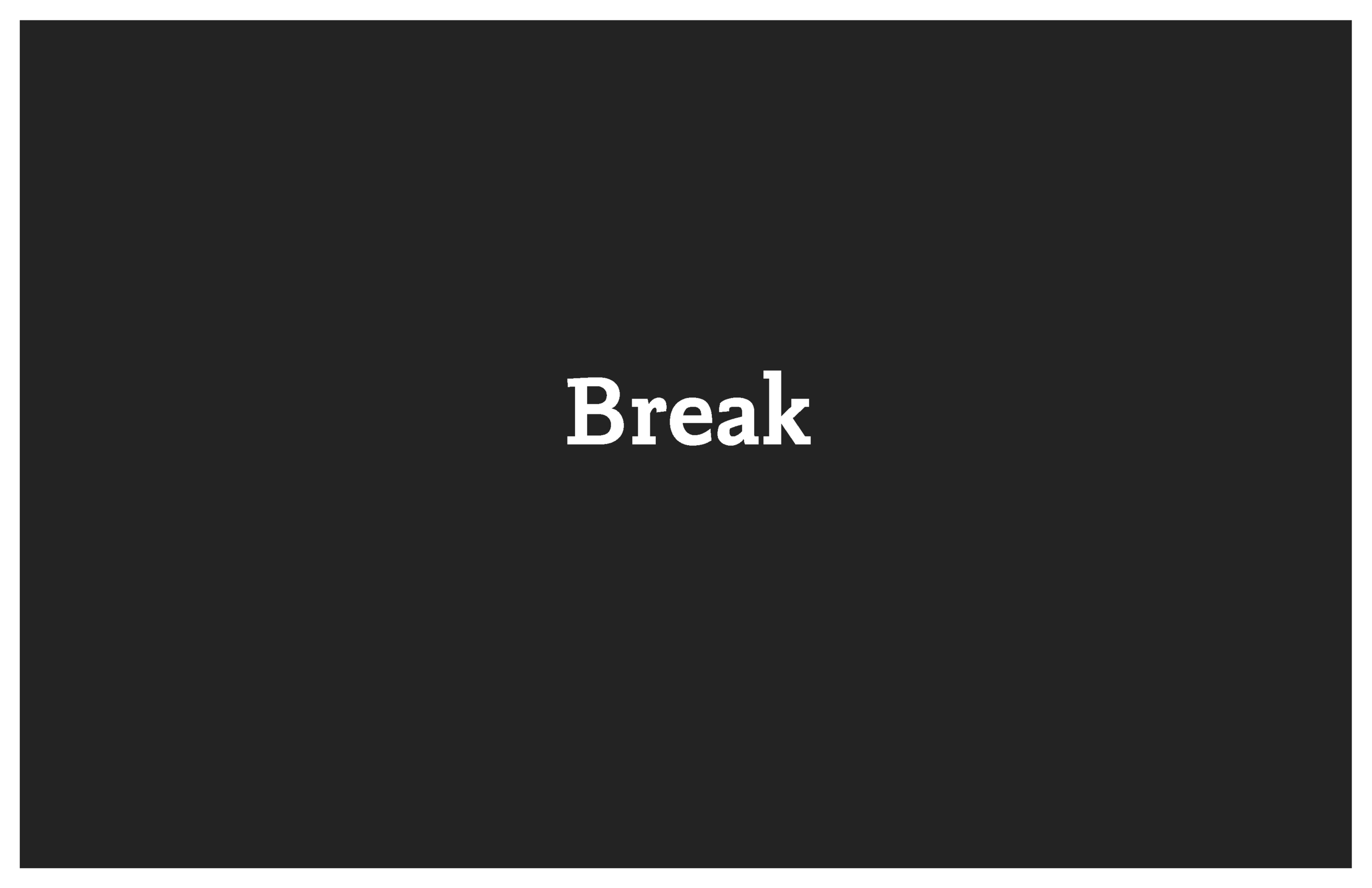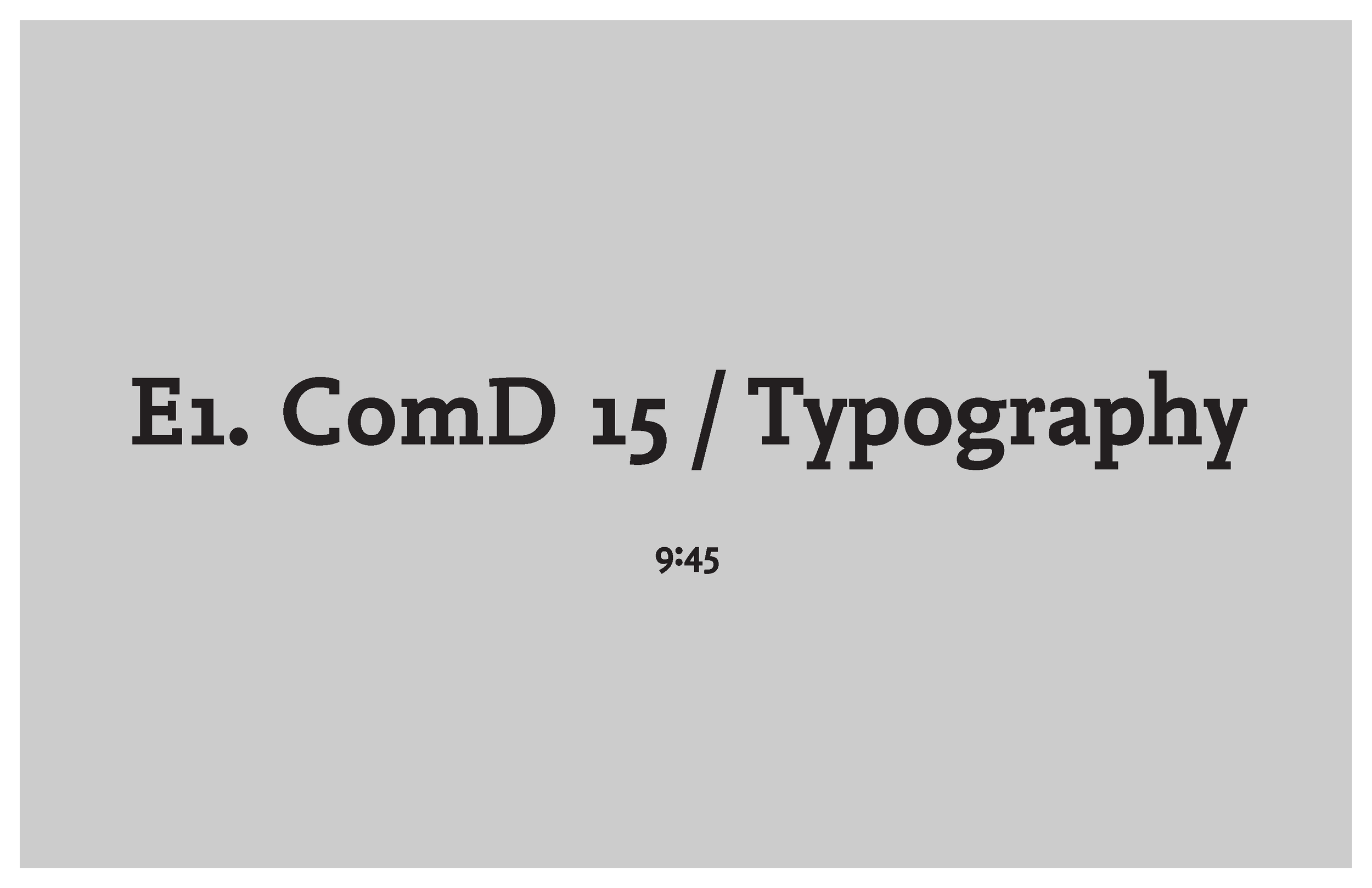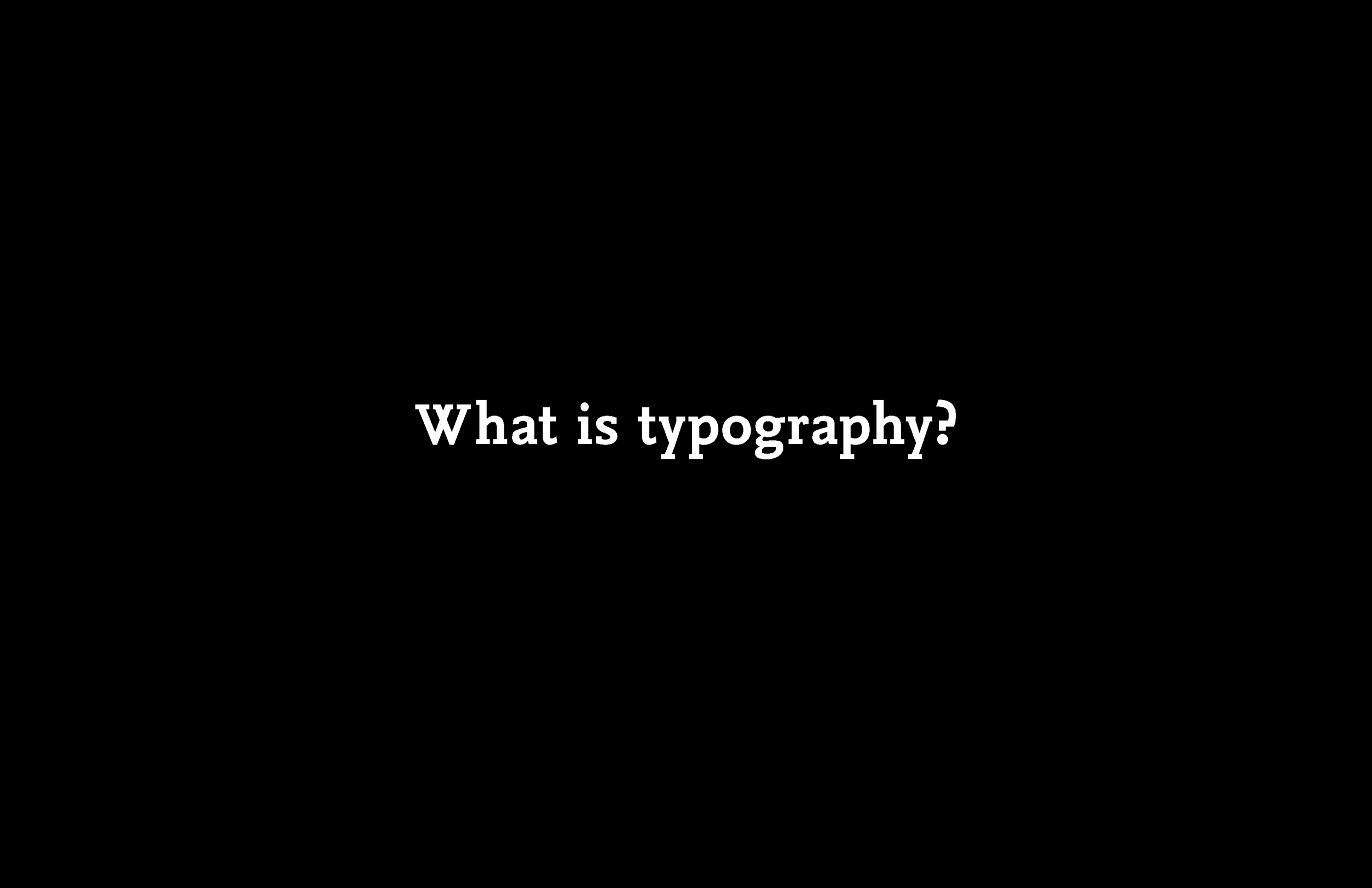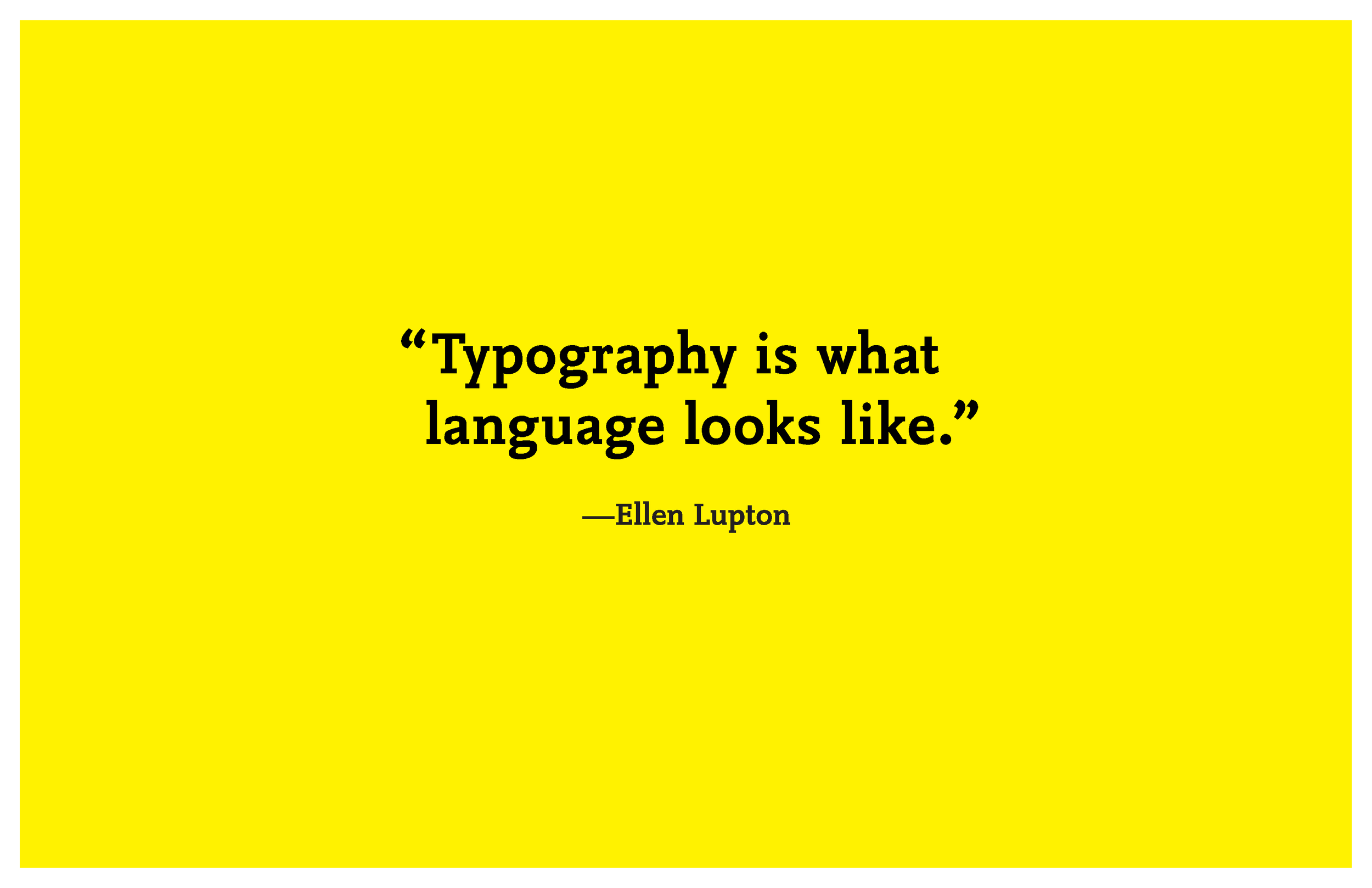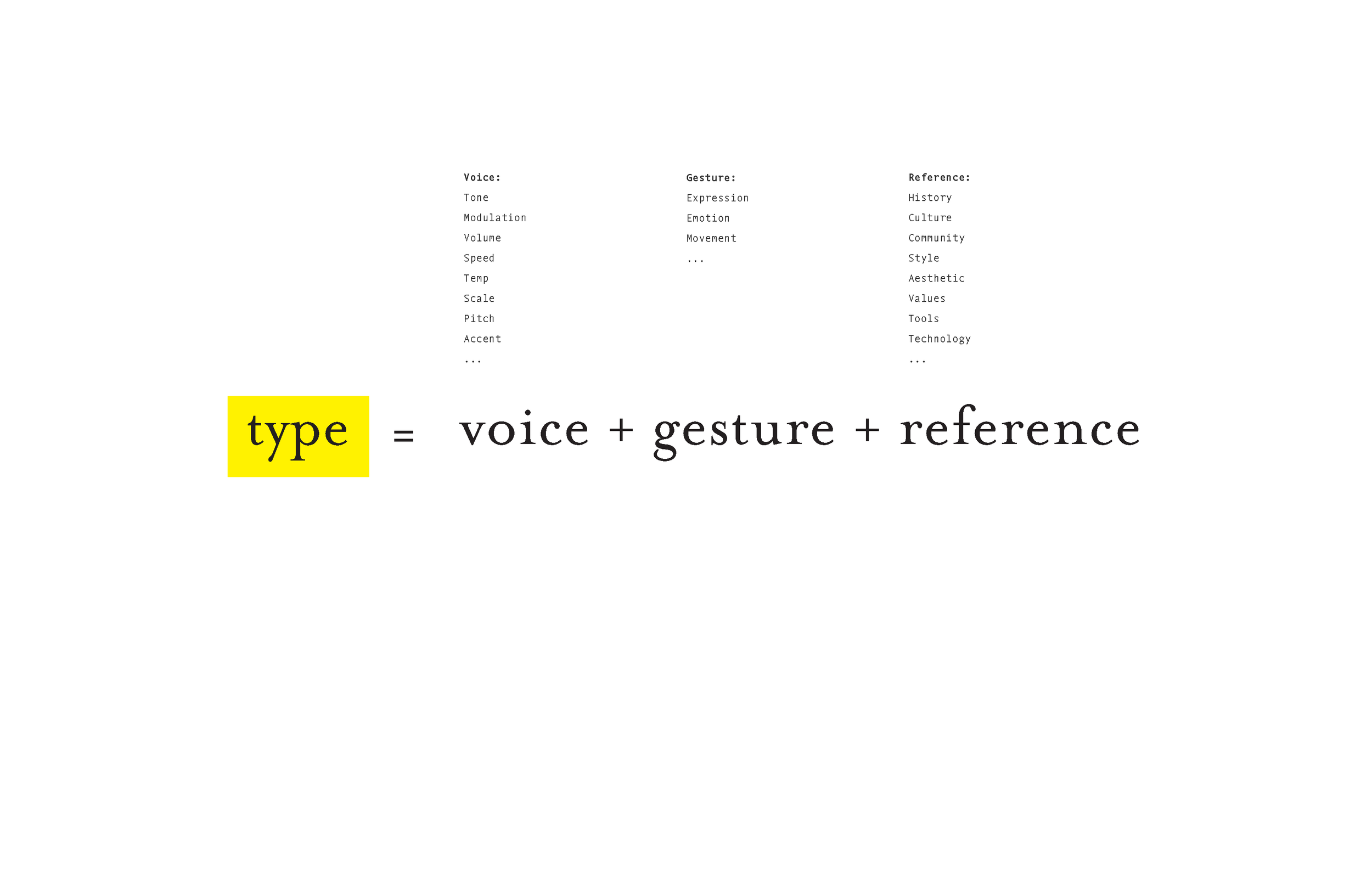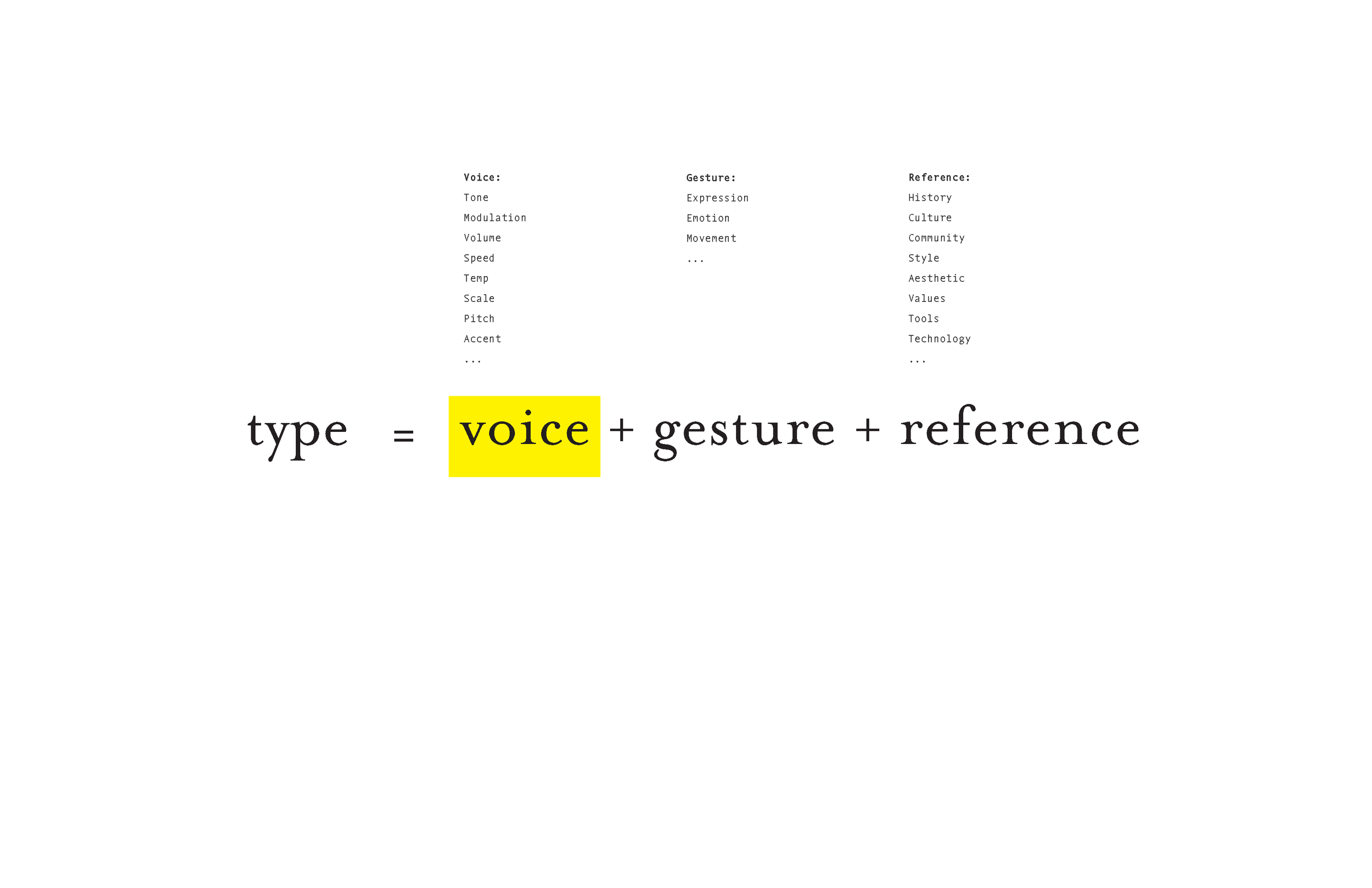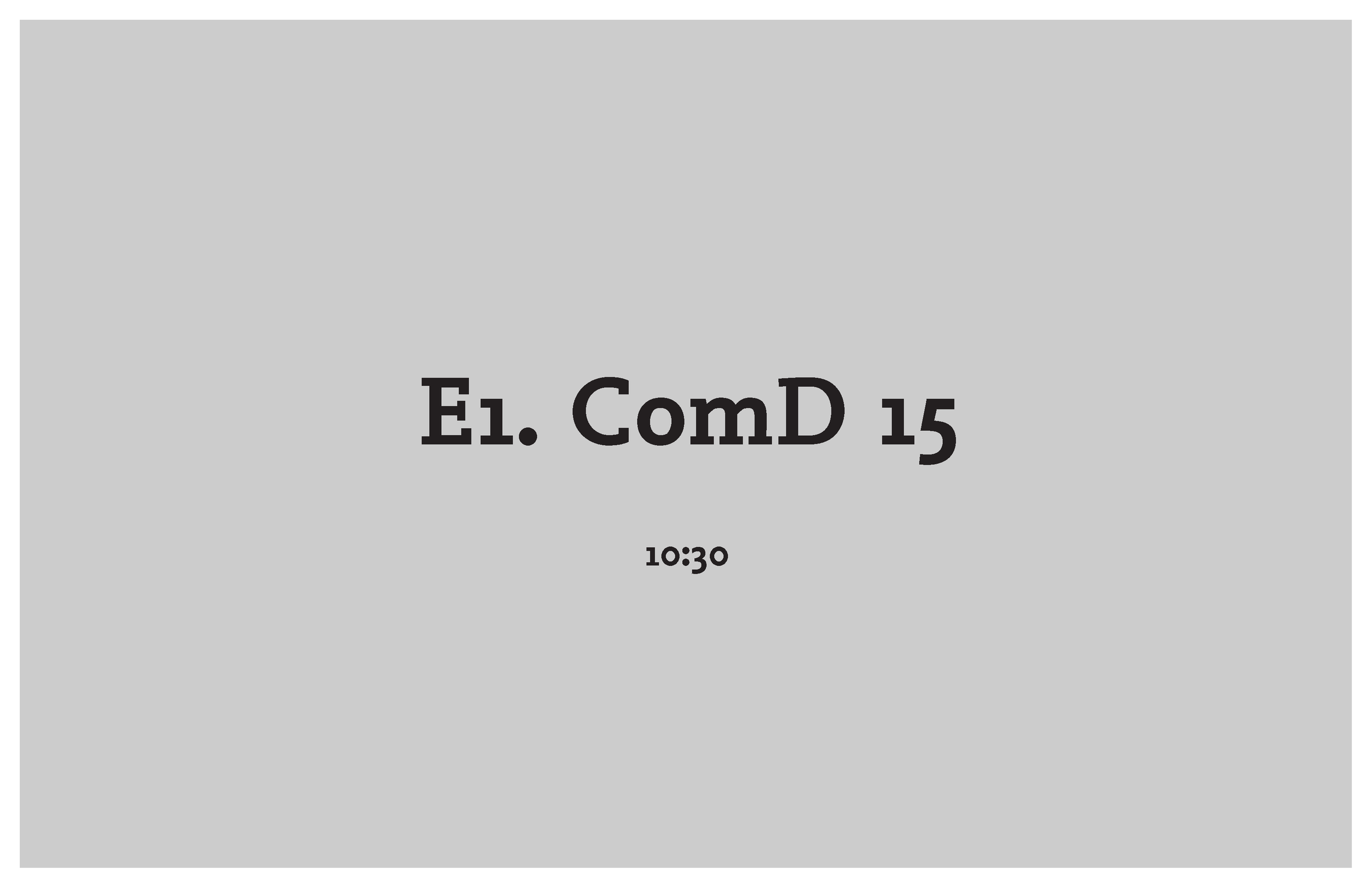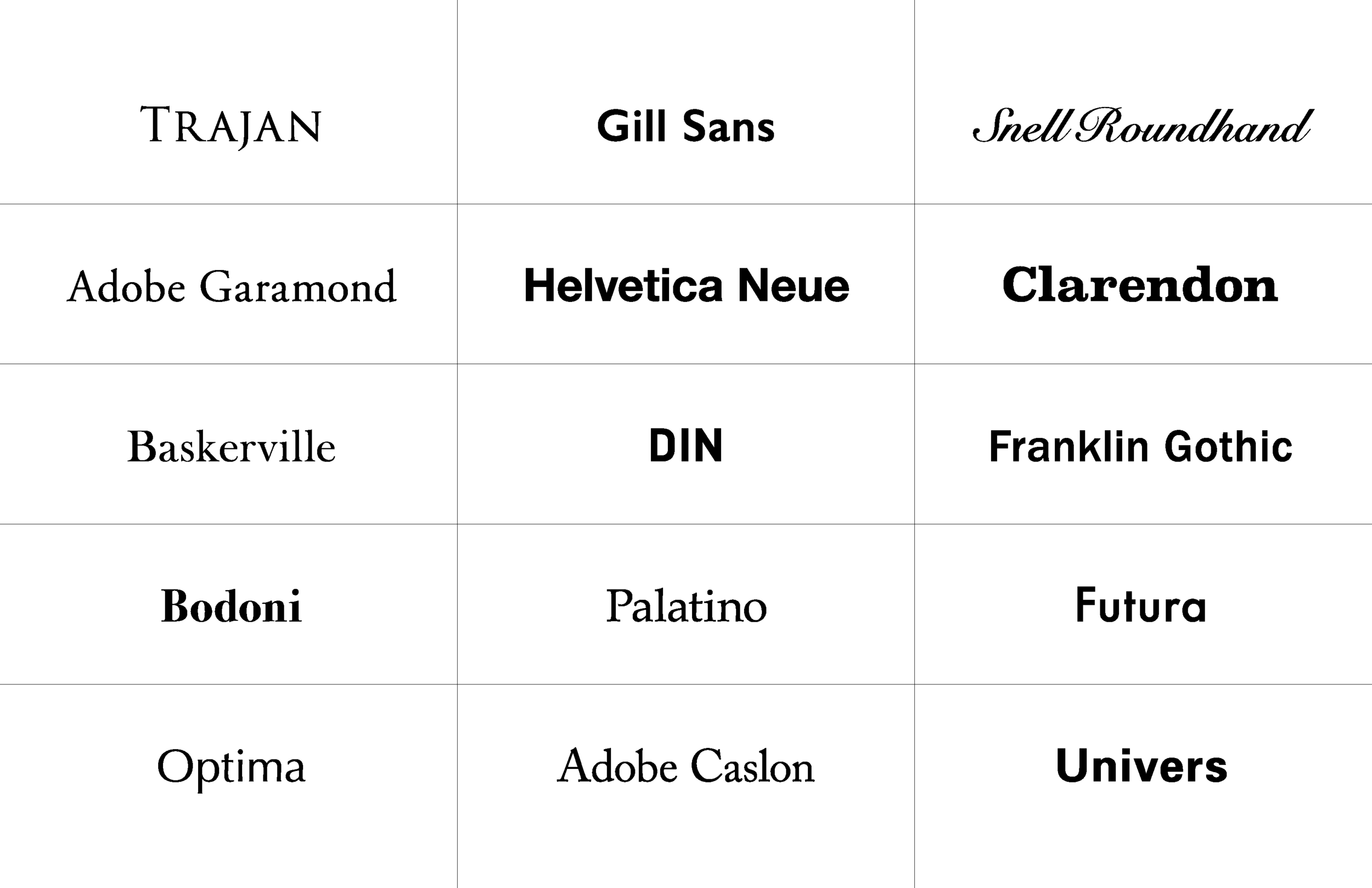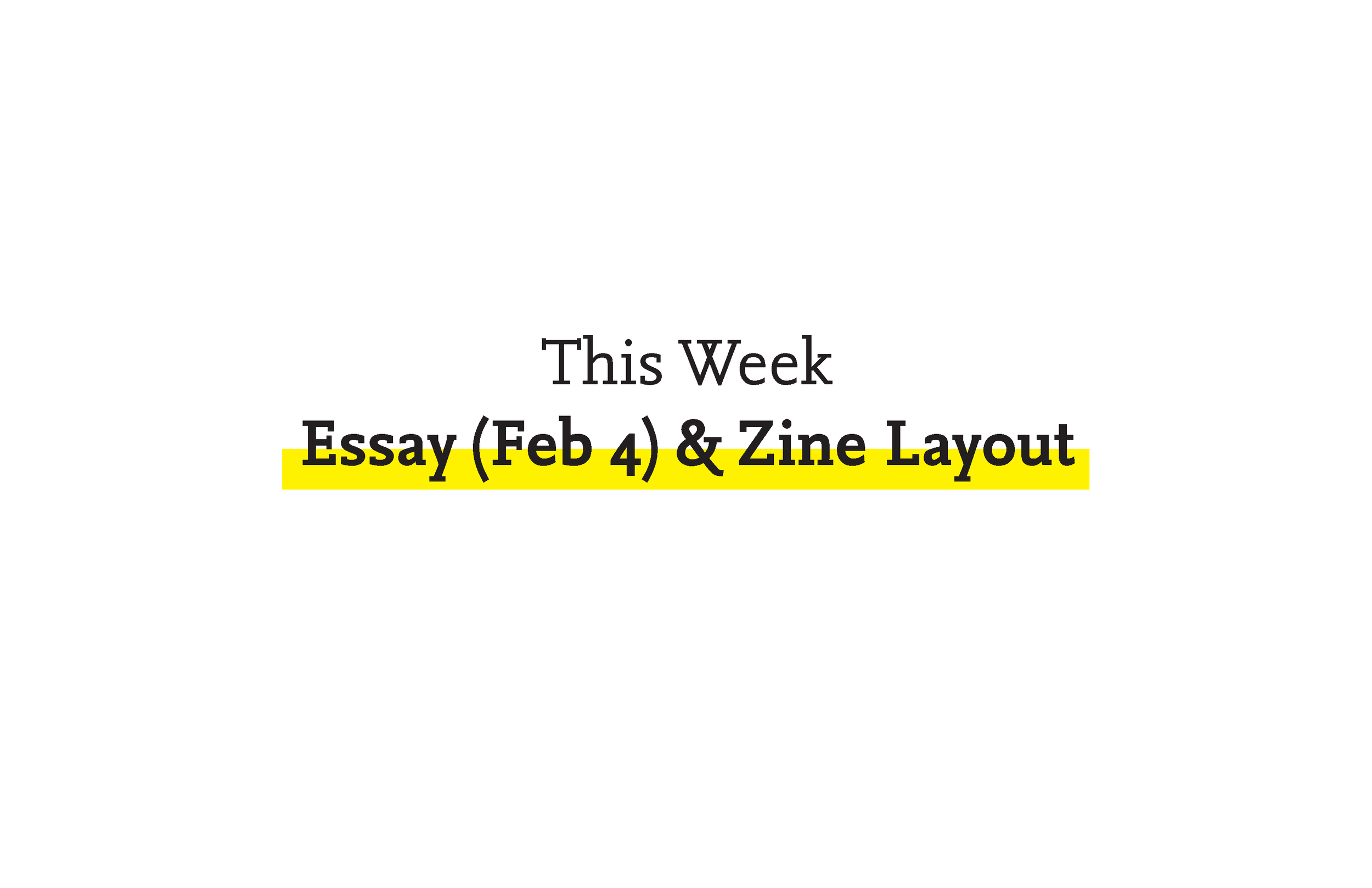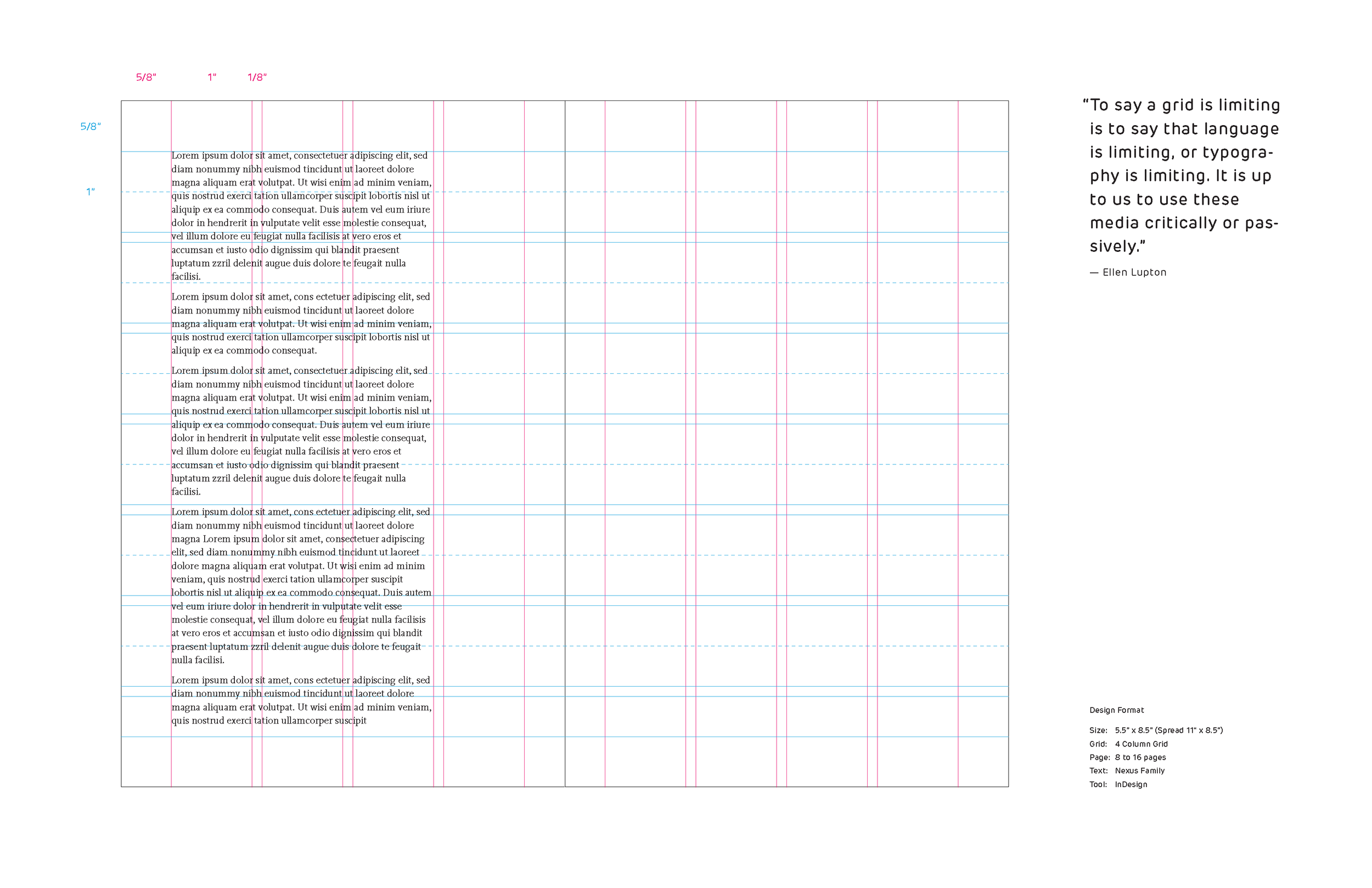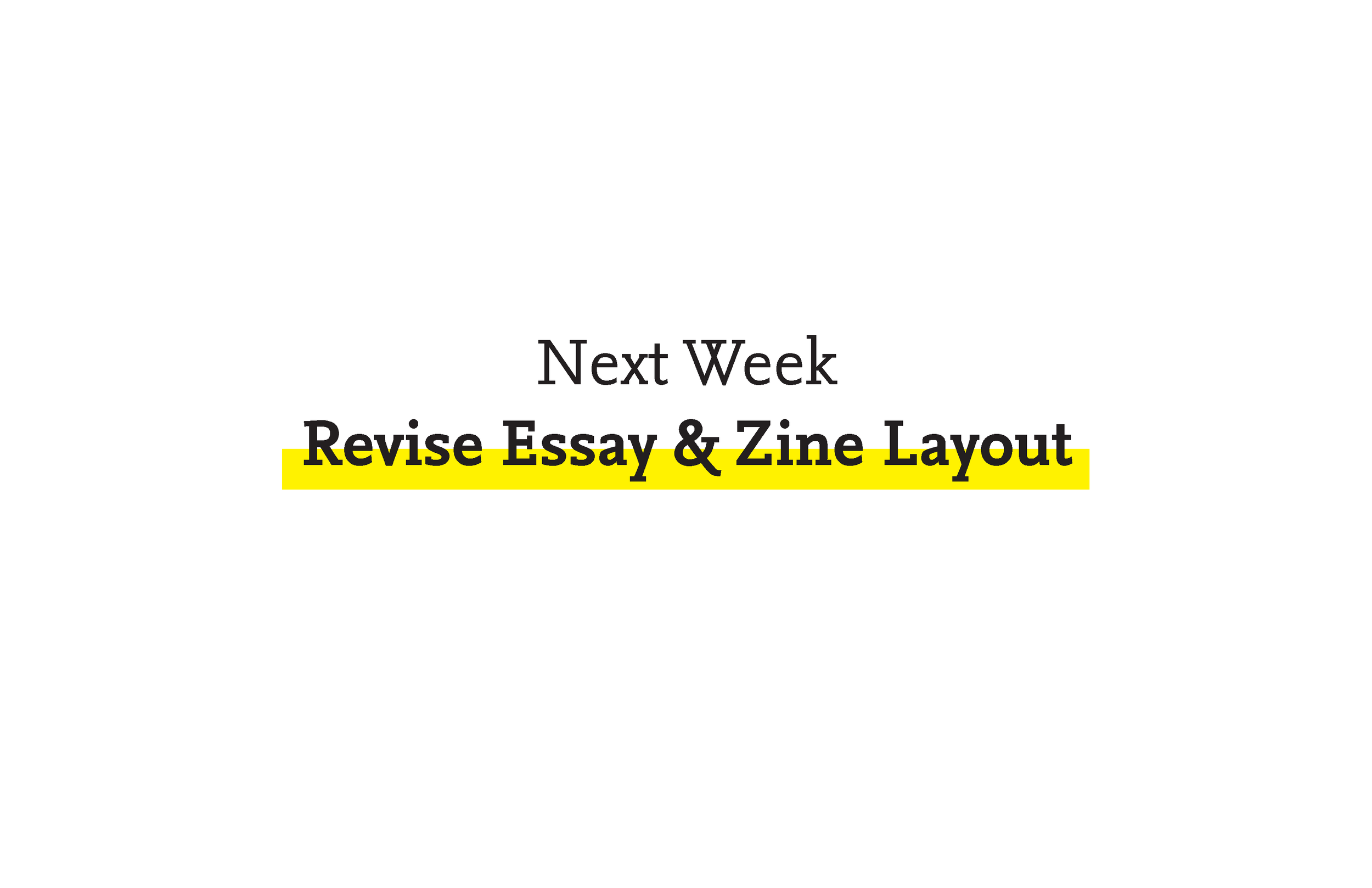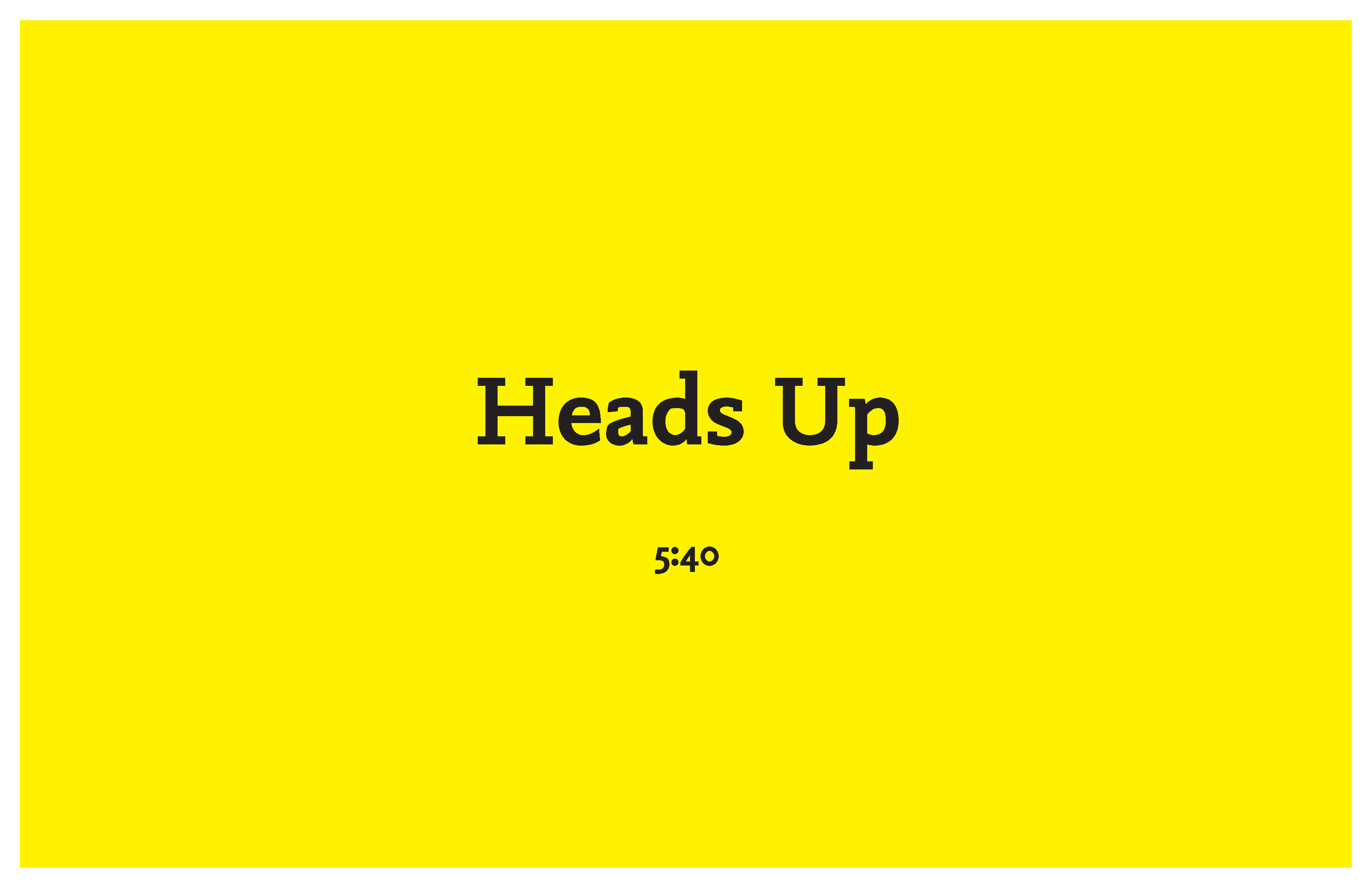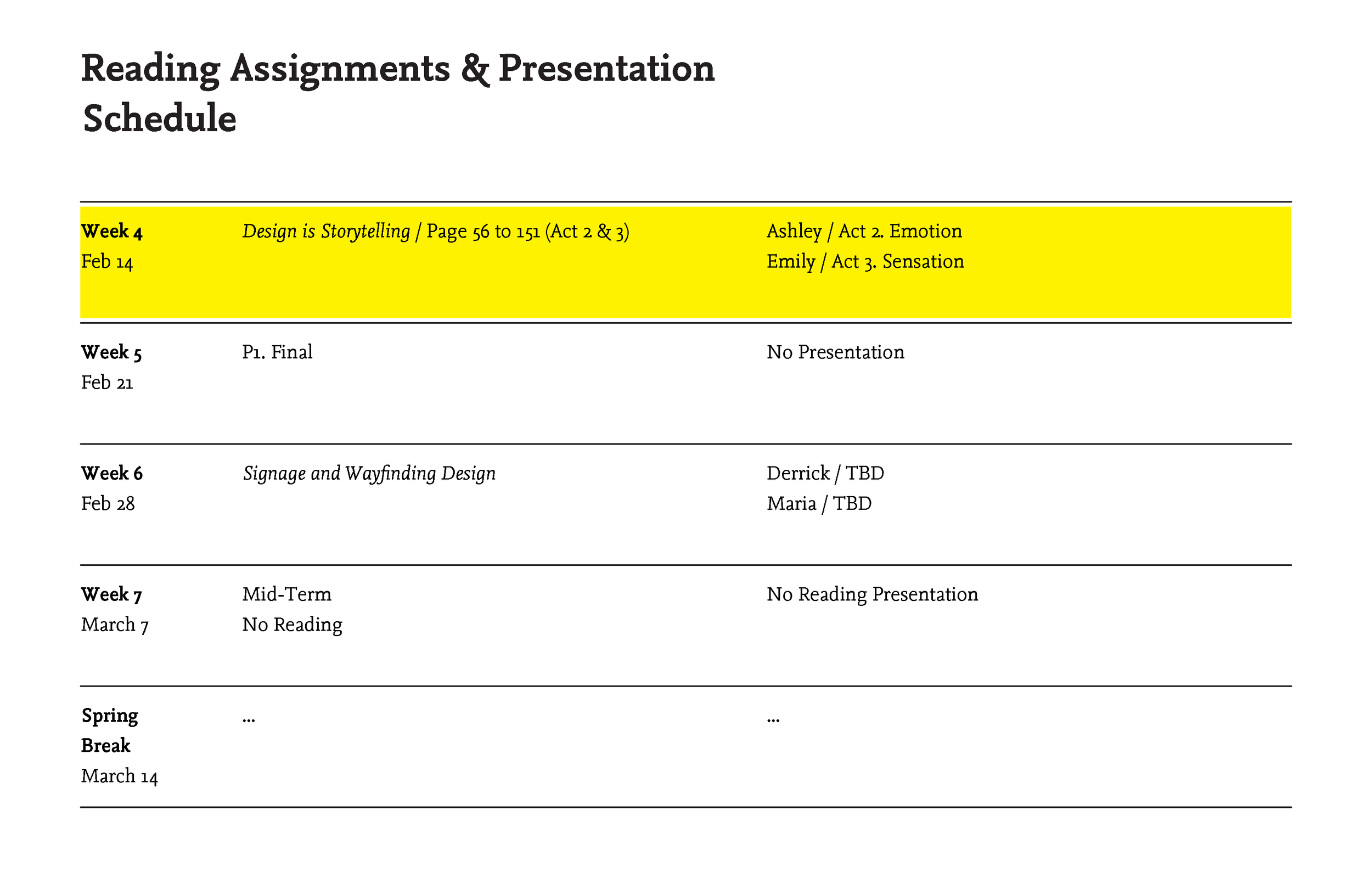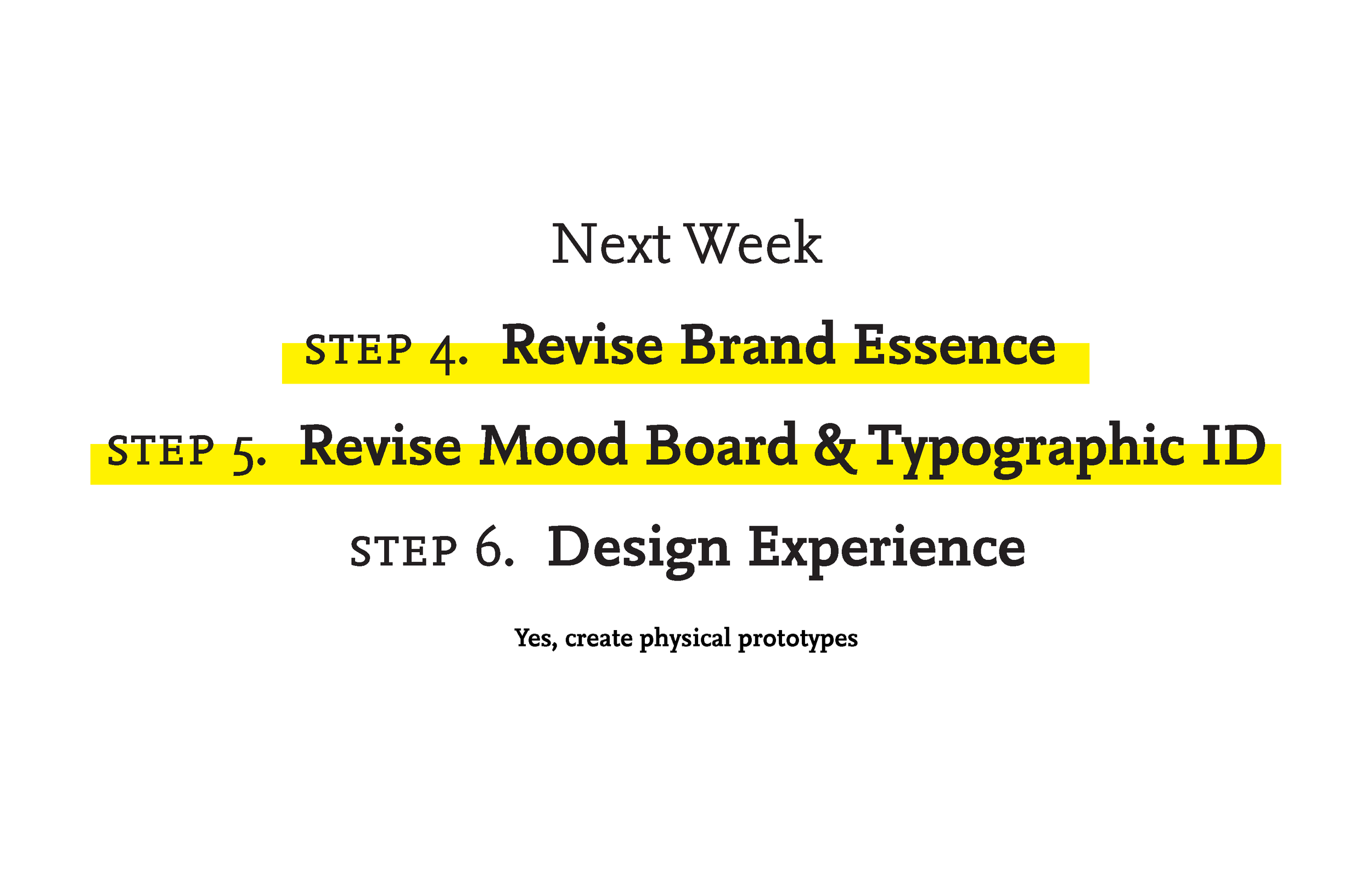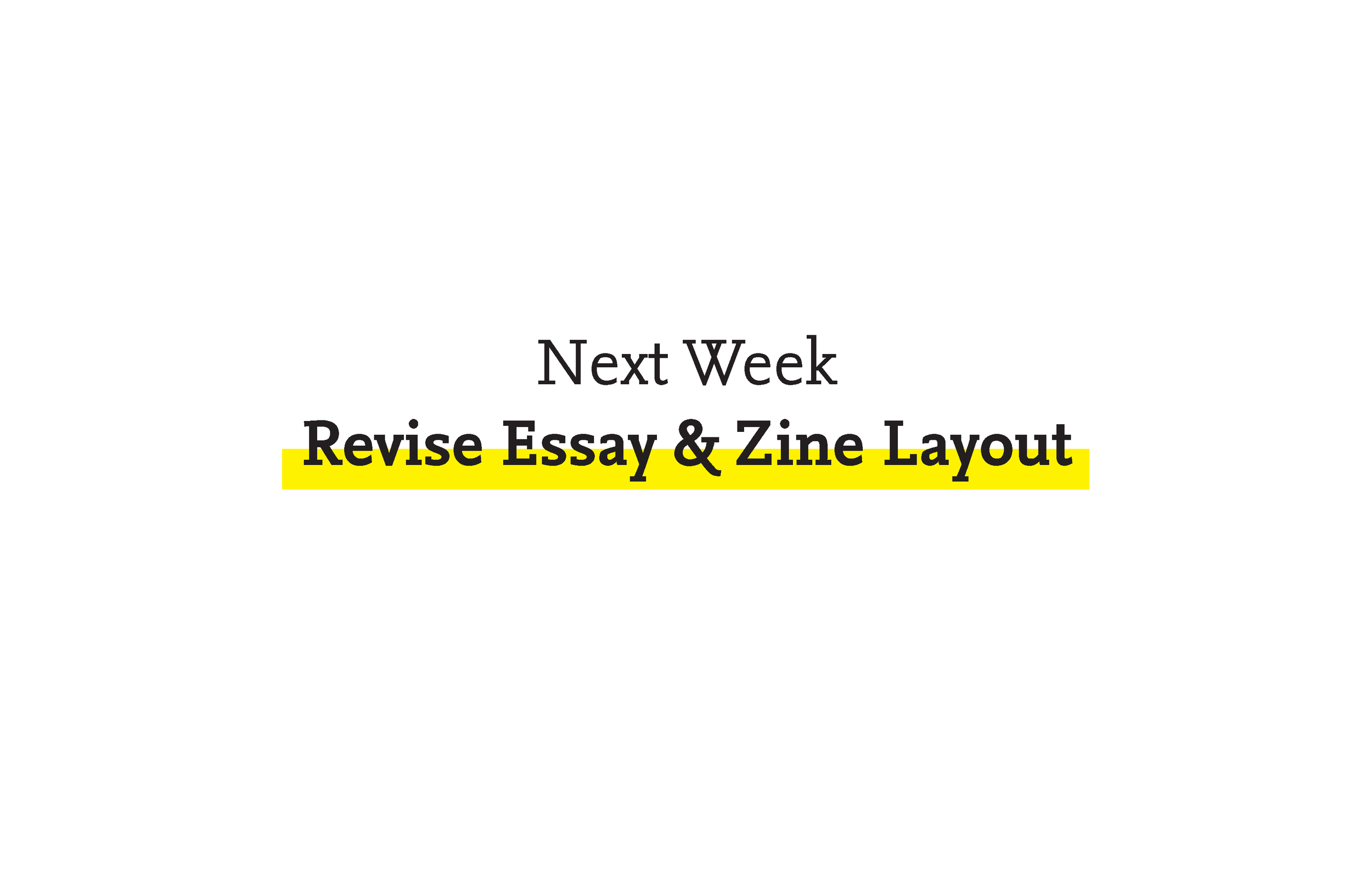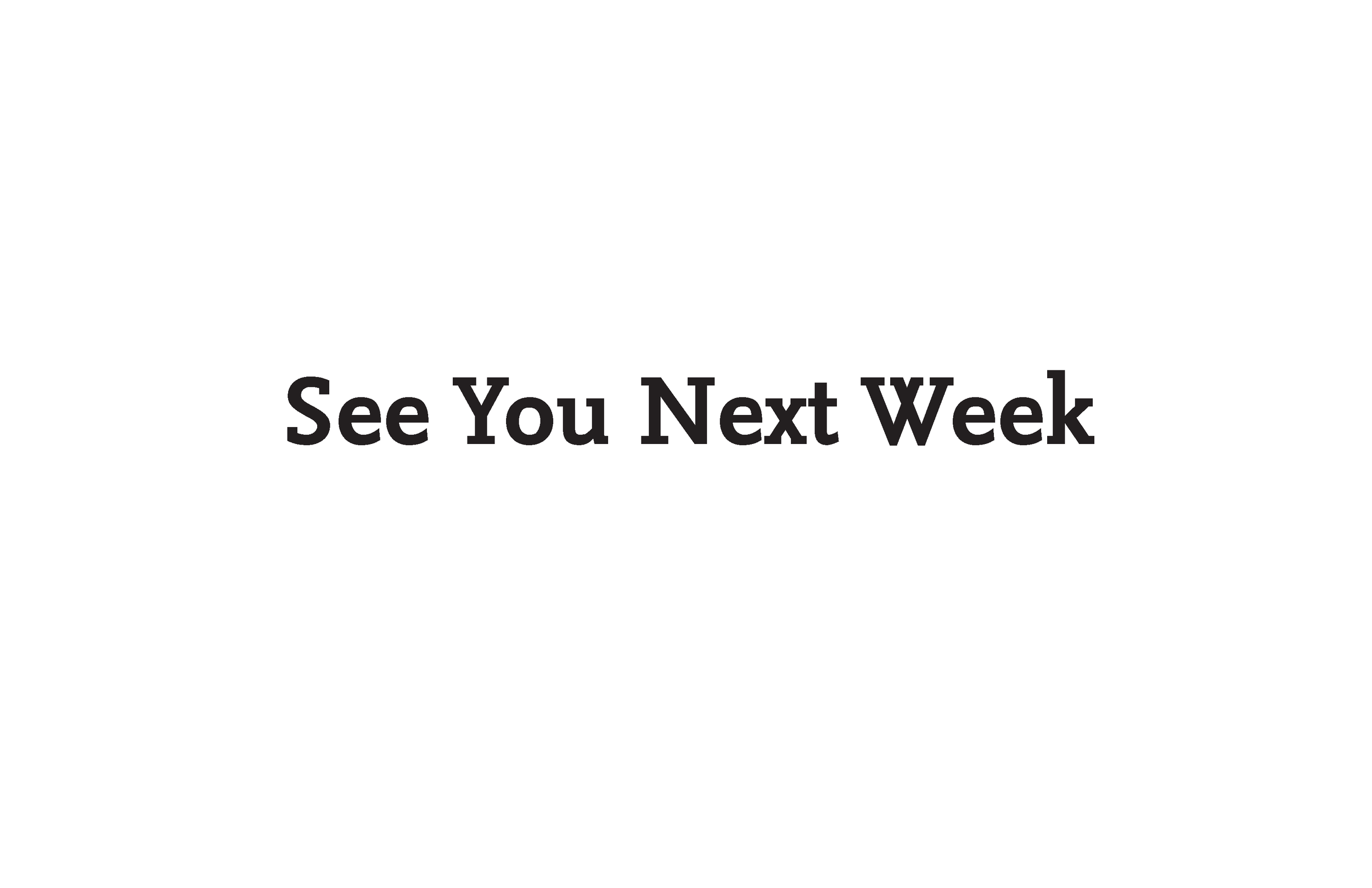Week 3. Product Packaging
Daisuke :
I am very sorry for a messy class on Thursday. I was a bit all over the place. In contrary, you have done such a wonderful work. I am truly impressed with your performance, as well as your disposition. Great job!
So, just finished reviewing all the essays. I truly enjoyed them all, and learned a lot. Great job! I have wrote my feedback onto your documents. Also, I have invited invited Marie and Lila (student from other course) to give extra feedback as well (since English is not my strong suit, as you can see). Please take these feedback as a suggestion, not direction. Or, perhaps, see it more as a collaboration.
Please feel free to express your own opinion. Develop your own theme. Give your essay a nice title with some attitude. And, see what your content will do to your form (layout).
Recap
We had two great reading presentation from Ashna and Noah on Roles of packaging and Design is Storytelling by Ellen Lupton. So what does problem solving leave out? What about beauty, feeling and sensation? What is a story, and what is design? Is it true that design is problem-solving? When we design packaging, what is the real brief or real problem that we need to solve?
“Design is problem solving.” We have seen this statement a lot. Design is about defining the problem and creating a solution. But we forget to ask some questions before defining the problem : Are there any premises of the problem? and if they exist, are they true? Asking oneself “Are you solving the right problem?” is an important part of debriefing stage. We need to step out and ask about the premises in order to define the ‘right’ problem.
Here are some links to the references that Daisuke mentioned in the class.
[video] Break the bias: Hidesh Hamaguchi at TED x Portland 2012 :
https://www.youtube.com/watch?v=6g2pMOYmyoQ
[article] Are You Solving the Right Problems? by Thomas Wedell-Wedellsborg :
https://hbr.org/2017/01/are-you-solving-the-right-problems
We went through Dunne & Raby’s “A/B Manifesto.” A list represents what speculative design is not, whereas B represents what it is. Most design work falls into the “A” - category, and hold that most future design work should continue to do so. But on their view, there has to exist another type of design practice, the “B”- part of the list, to widen the audiences’ perspective and let them think more about the potential future and emphasize that design is not only about problem solving. In order for designers to be critical, inquisitive at problem-finding, they suggest us to add a stage of “speculation” in our design process. (speculation meaning an activity where conjecture is as good as knowledge, where futuristic and alternative scenarios convey ideas, and where the goal is to emphasize implications of human’s decision-making. Great resource!
“Design is an art of thinking ahead and predicting possible future.” - Ellen Lupton
For next week :
Project 1 Product Packaging :
Revise Brand Essence
Revise Mood board & Typographic Identity
Design Experience (create physical prototypes)
Final presentation will be on week 5 (Feb 21)
Exercise 1 New Type :
With Lila’s great help, Daisuke will soon return everyone’s essays (through Google Classroom) with some comments and suggestions. It’s always great to revisit what’s written in the assignment packet :
Students should analyze the typeface not only in terms of its historical, cultural and aesthetical significance, but also in terms of interaction design and human centered design.
Students should give a thought provoking title, and not be afraid to express their own opinion about the typeface. Student should pay close attention to the internal structure of their essay which will help them create clear visual and typographic hierarchy when they design layout later.
Based on the essay, design a zine. Visualize some key points from your essay with diagram, illustration, photograph, etc. Try out as many design layout options as you can and refer back to what Daisuke said about ‘zig zag layout’ to create more rhythms of the zine layout. The cover image is another great opportunity to engage the readers. Make them get interested and be curious about the zine.
Revise Essay
Design layout of zine (multiple design options)
print out the spreads in letter-sized paper
Body text needs to be in Nexus
Weekly Reading Assignment / Presenters
Submit your assignment before the class begins. Even if you are not the presenter of the materials, you still have to read and complete the assignments weekly. Submit the assignments in the Google Classroom :
https://classroom.google.com/u/0/c/Mjg0MjY0MjgwMjJa
Design is Storytelling / page 56 - 151 (Act 2 & 3)
Act 2. Emotion / Ashley
Act 3. Sensation / Emily
Class Presentation
